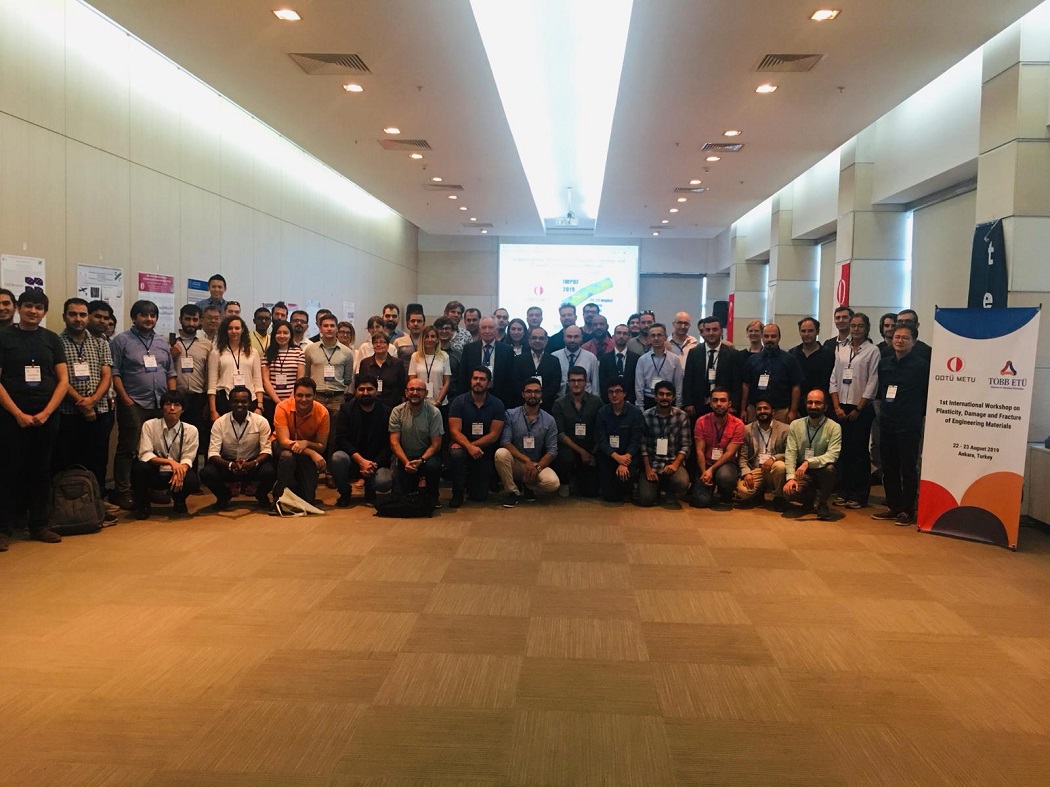
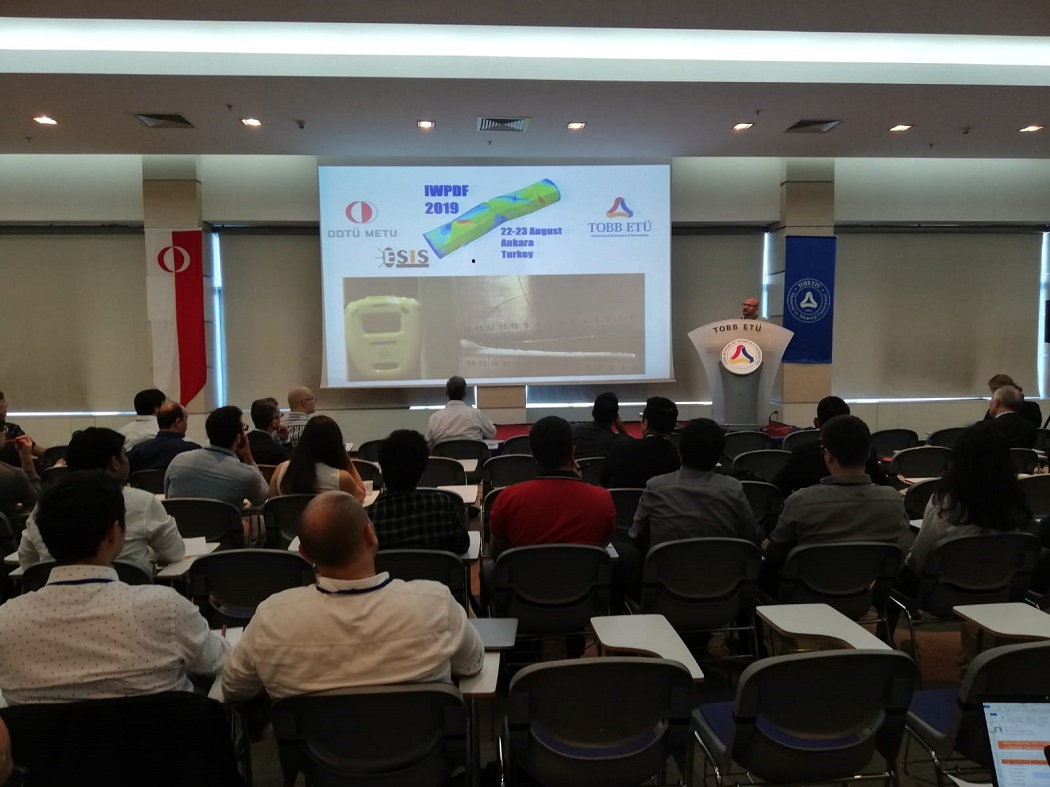
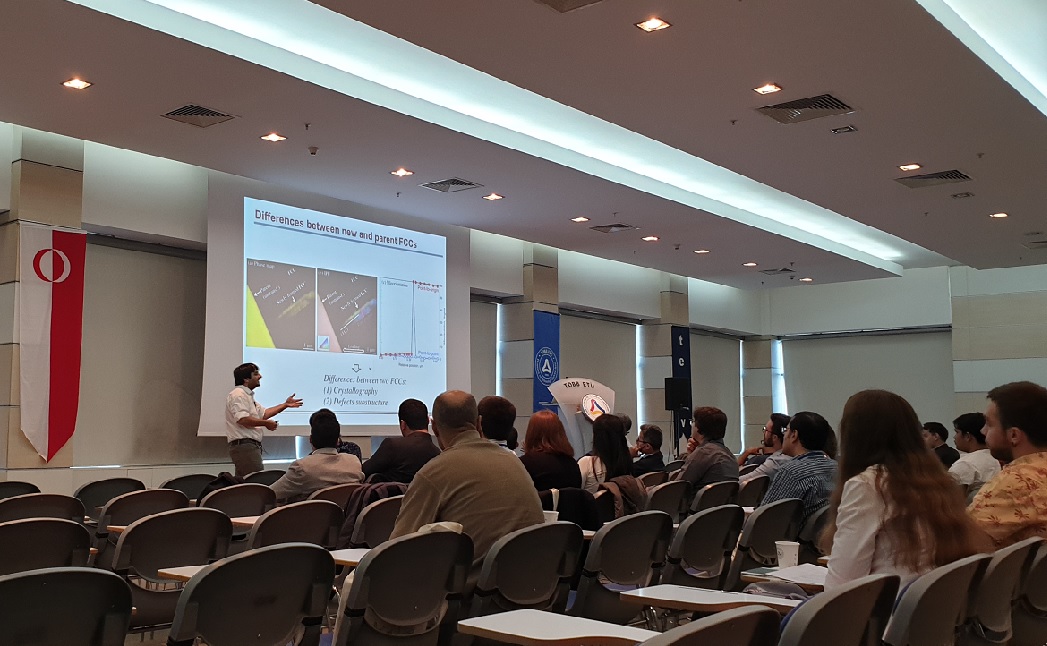
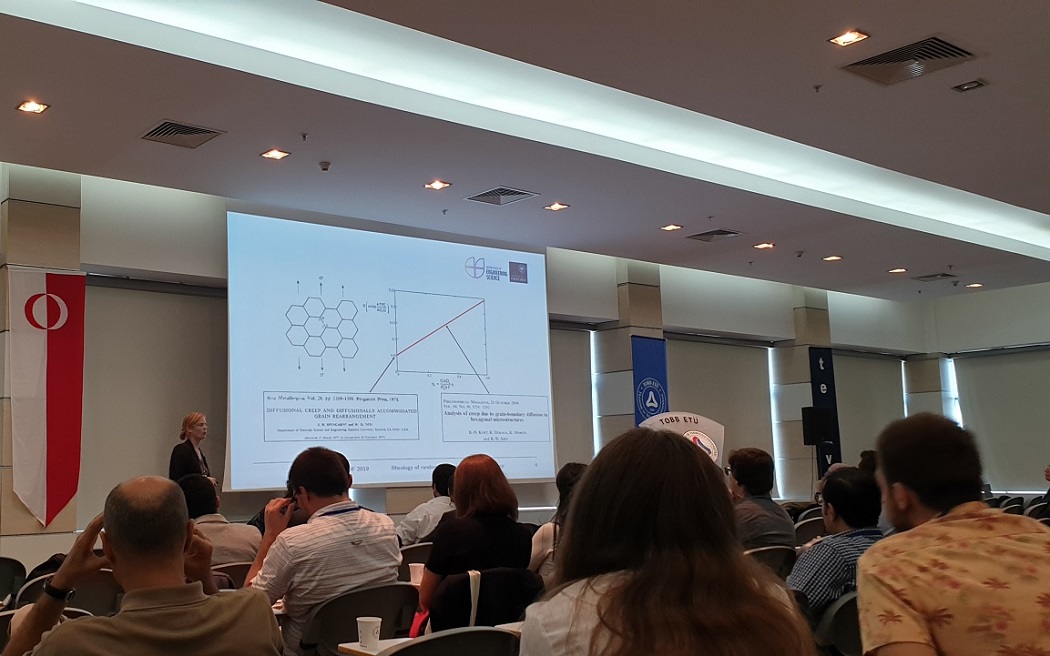
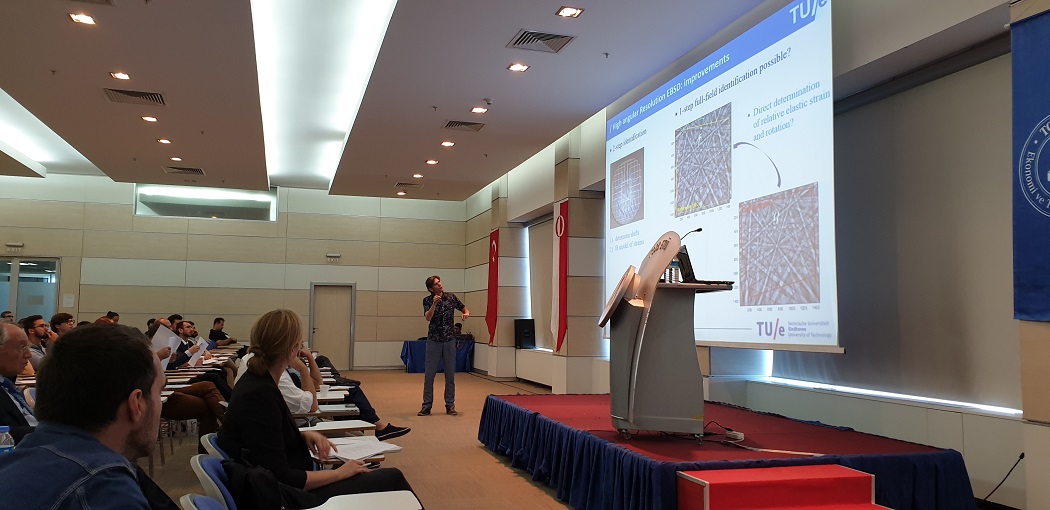
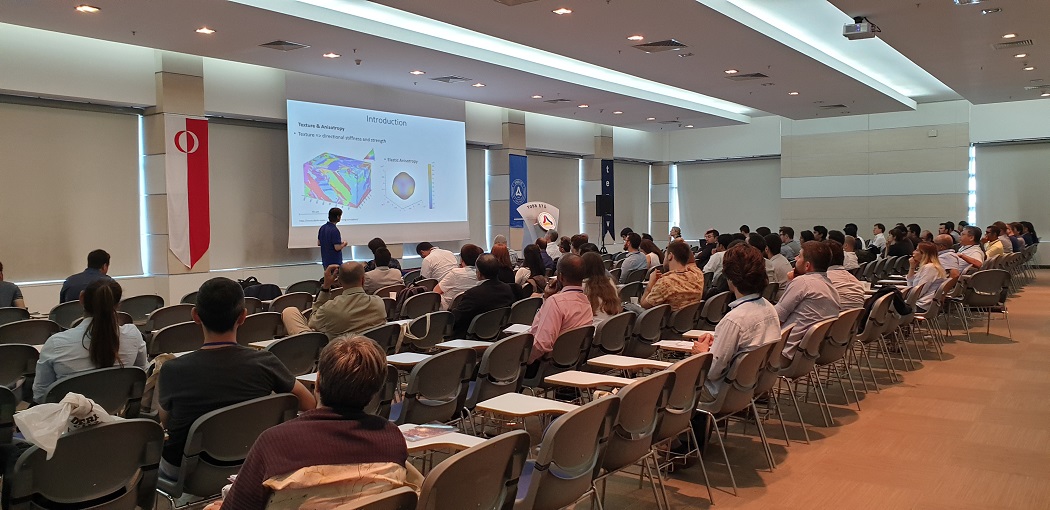
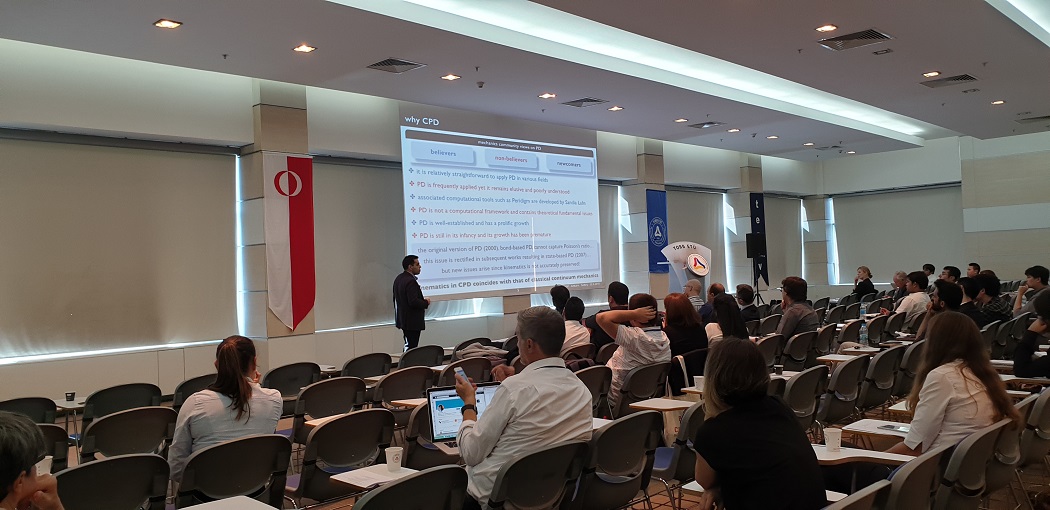
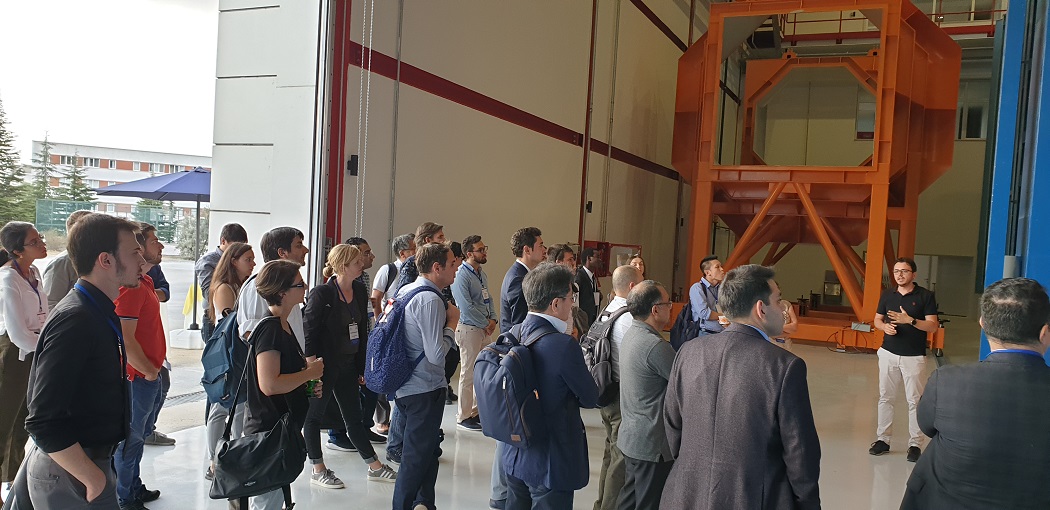
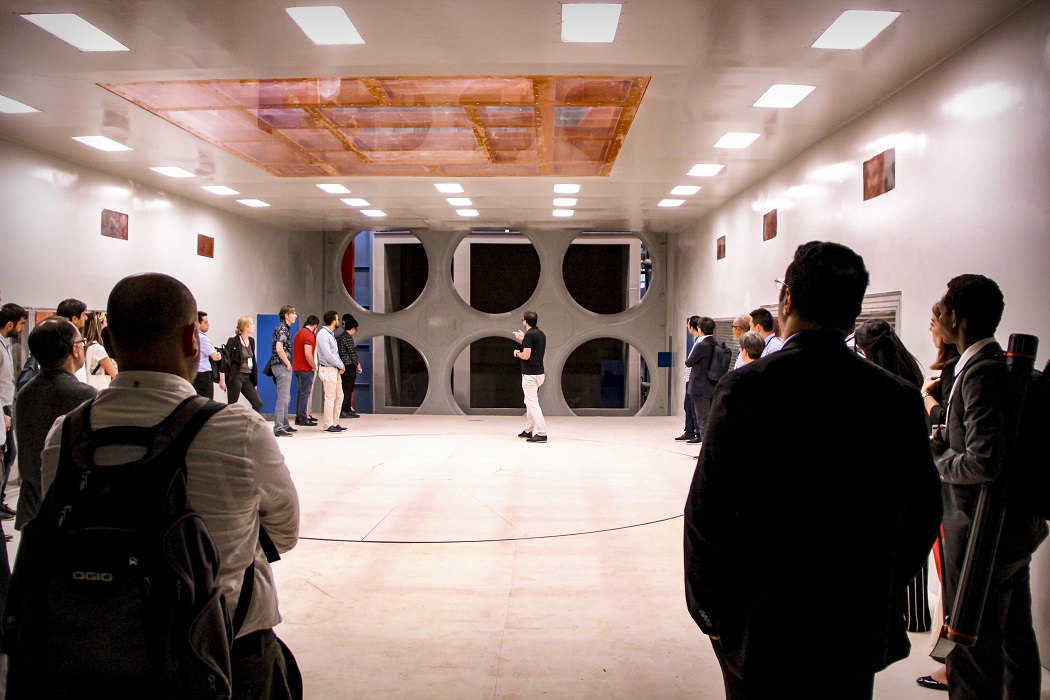
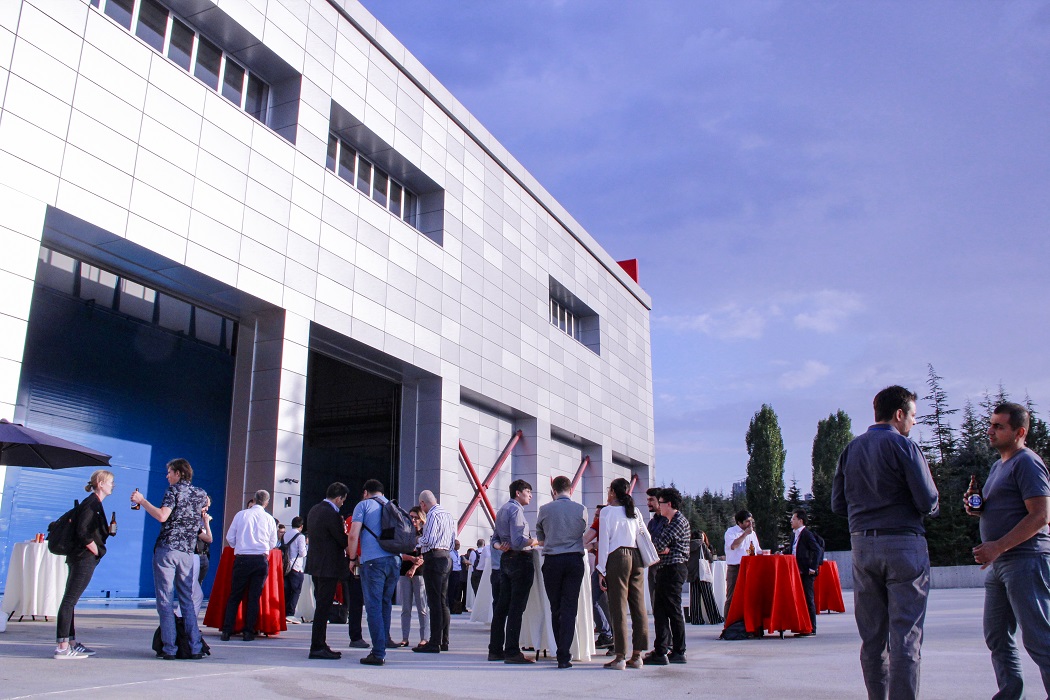
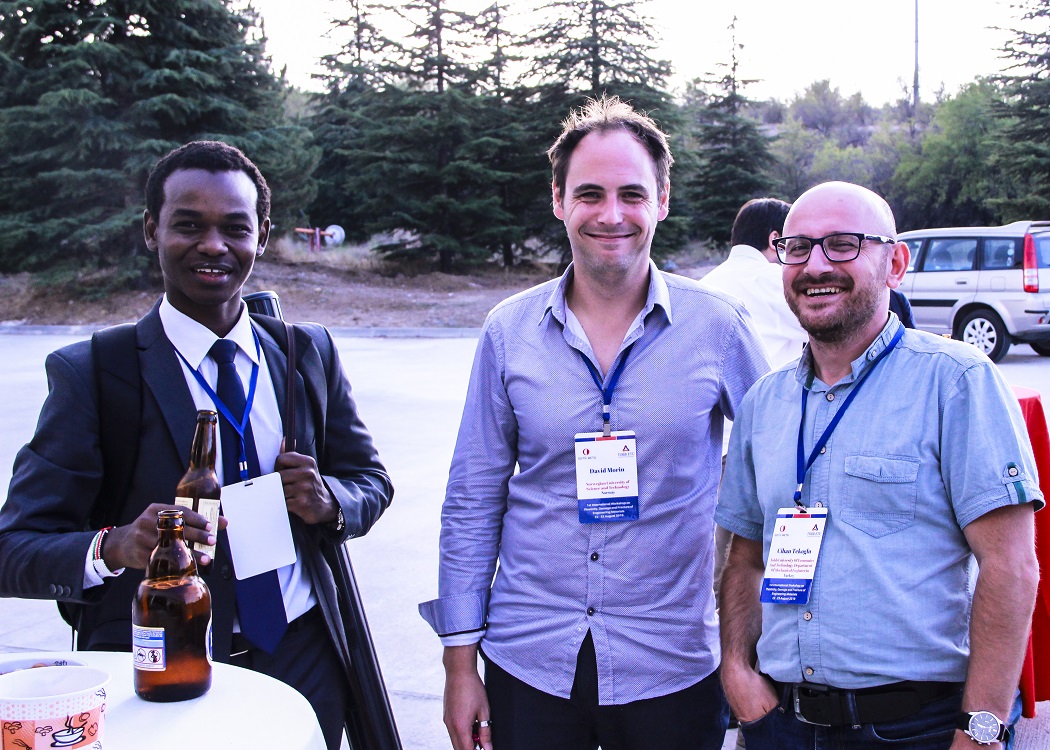
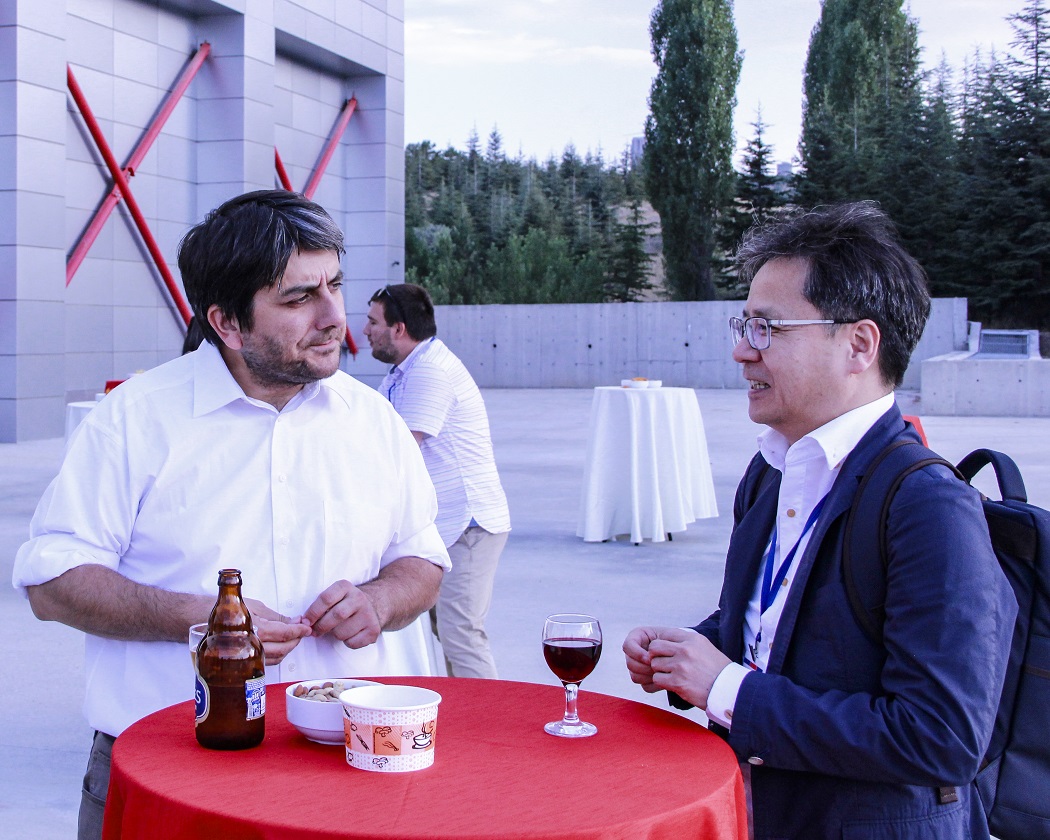
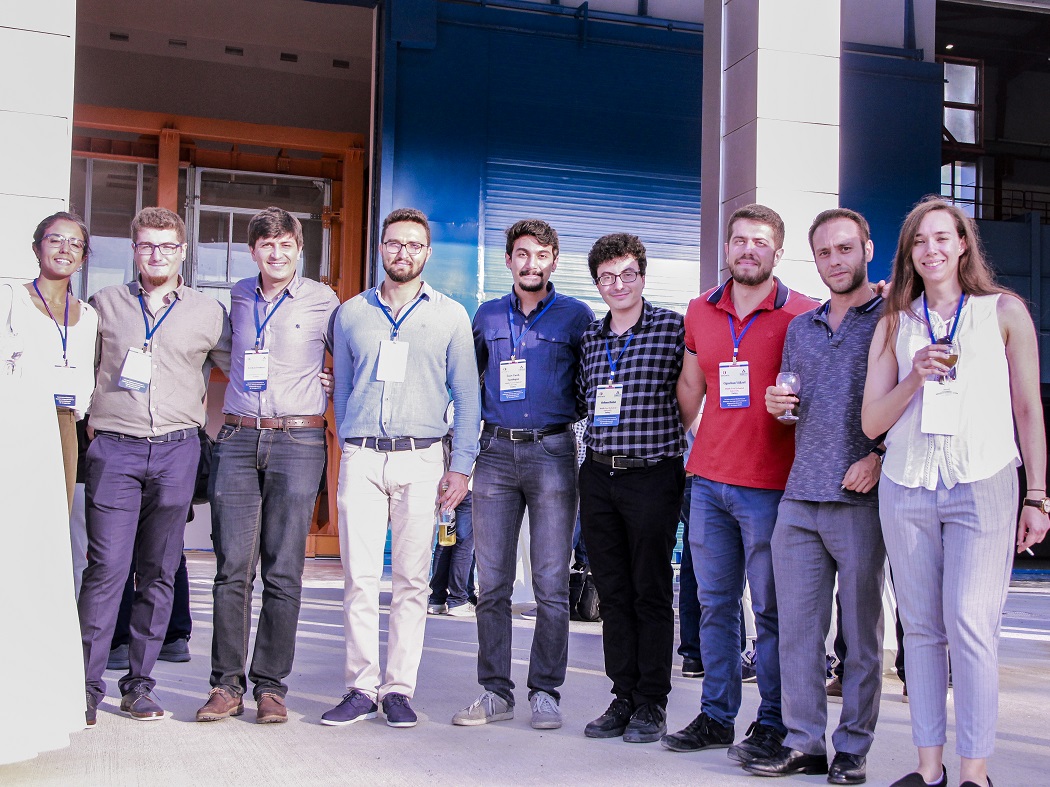
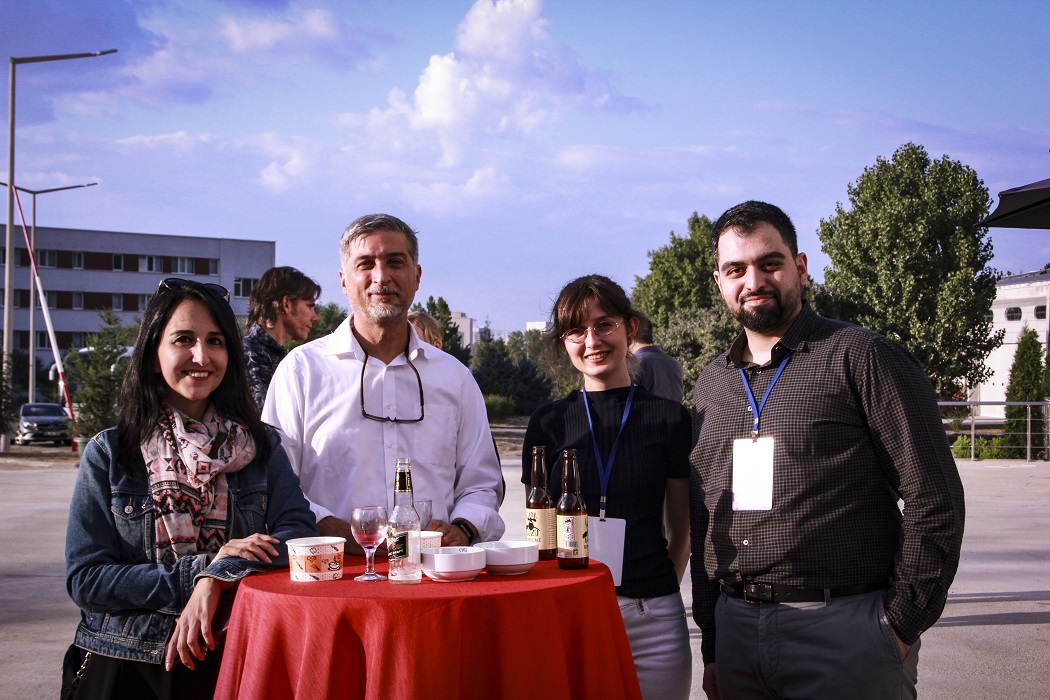
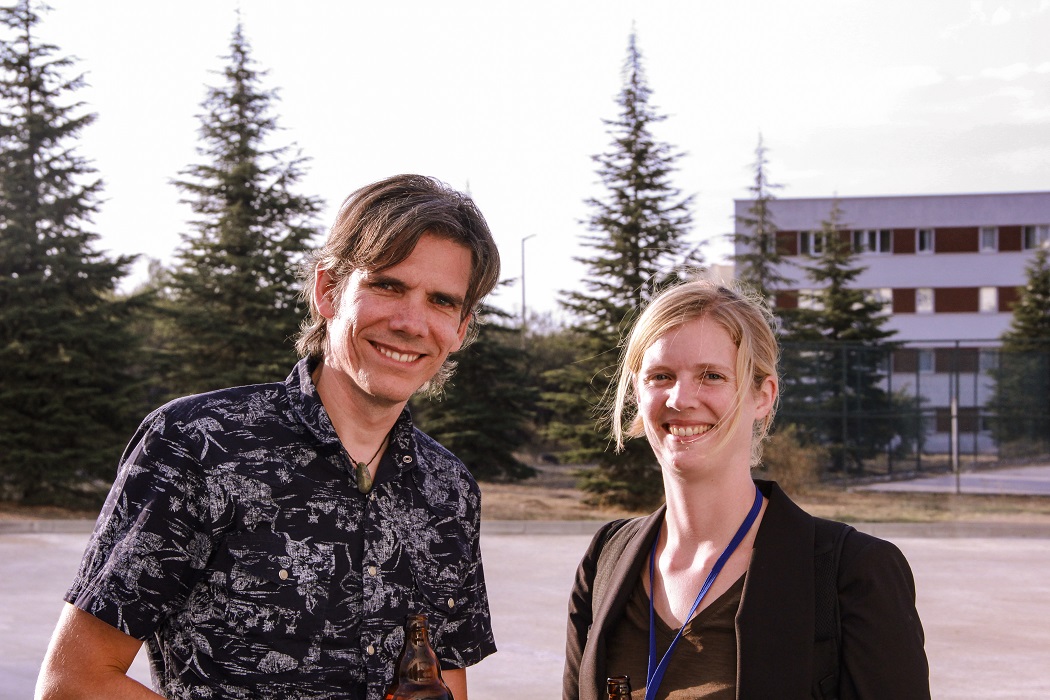

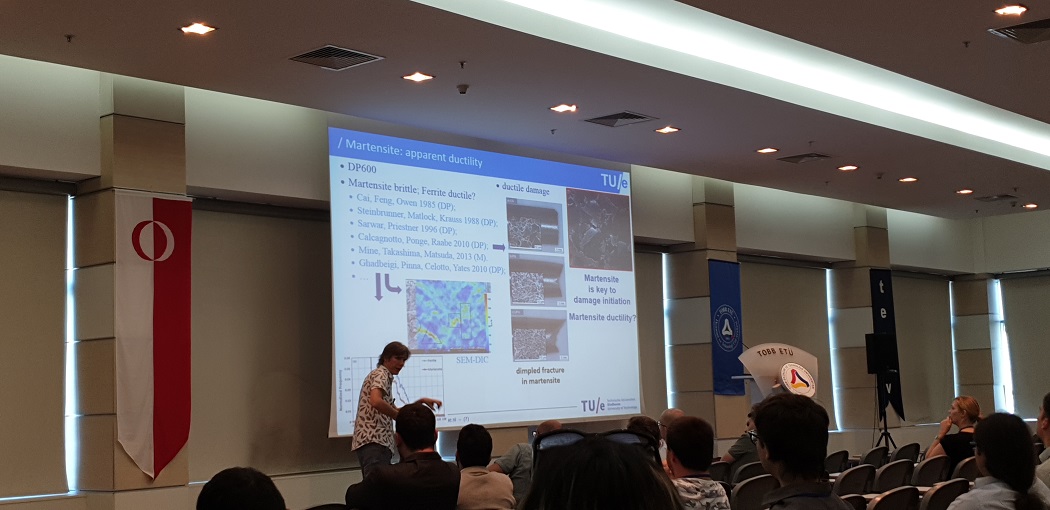
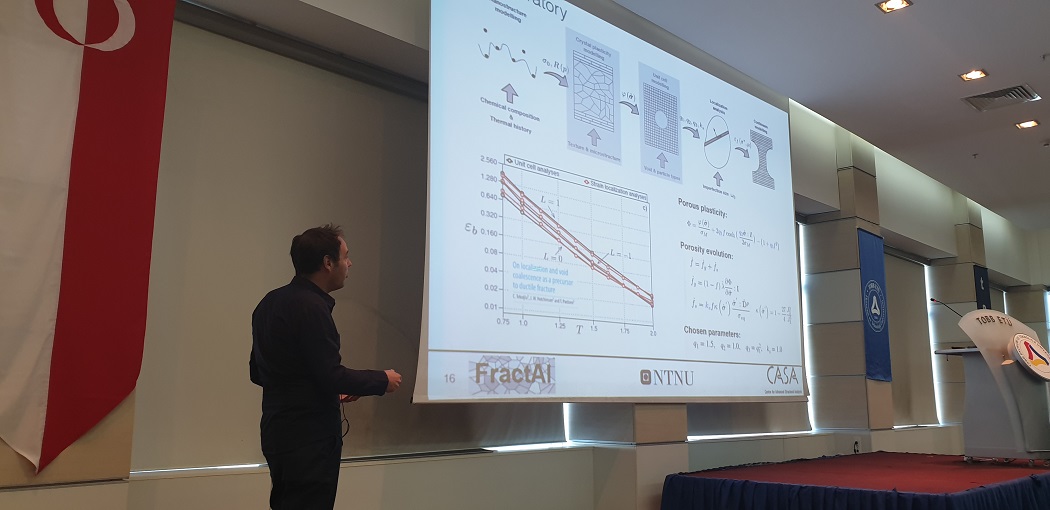
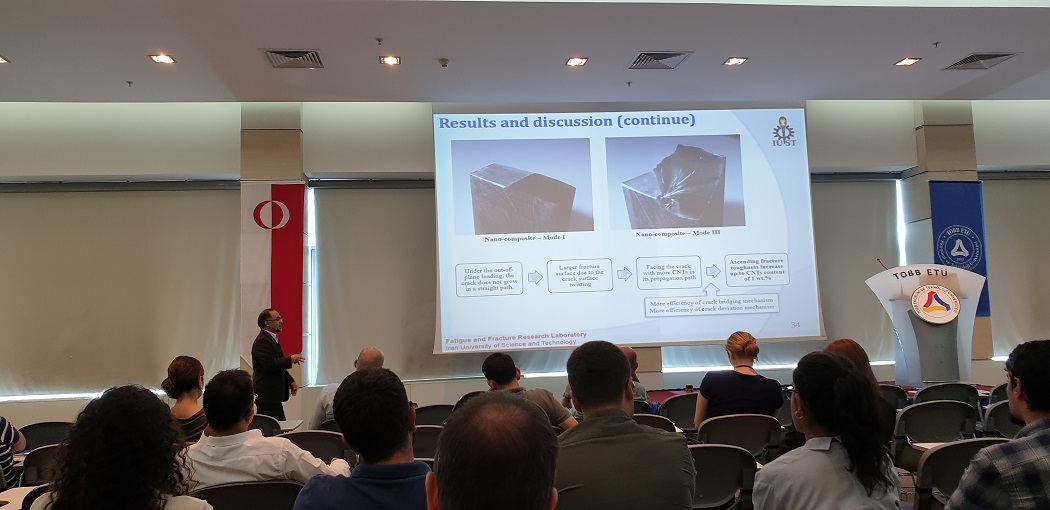
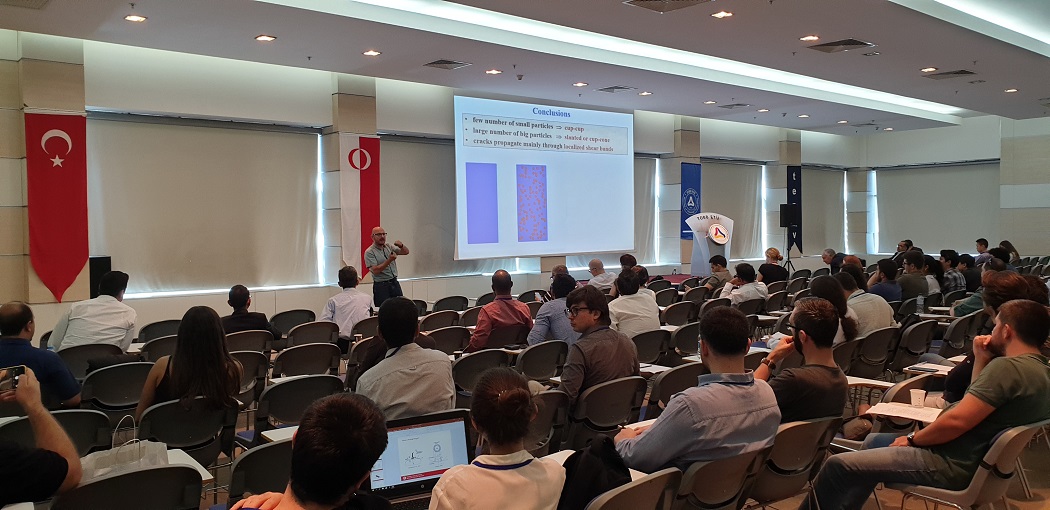
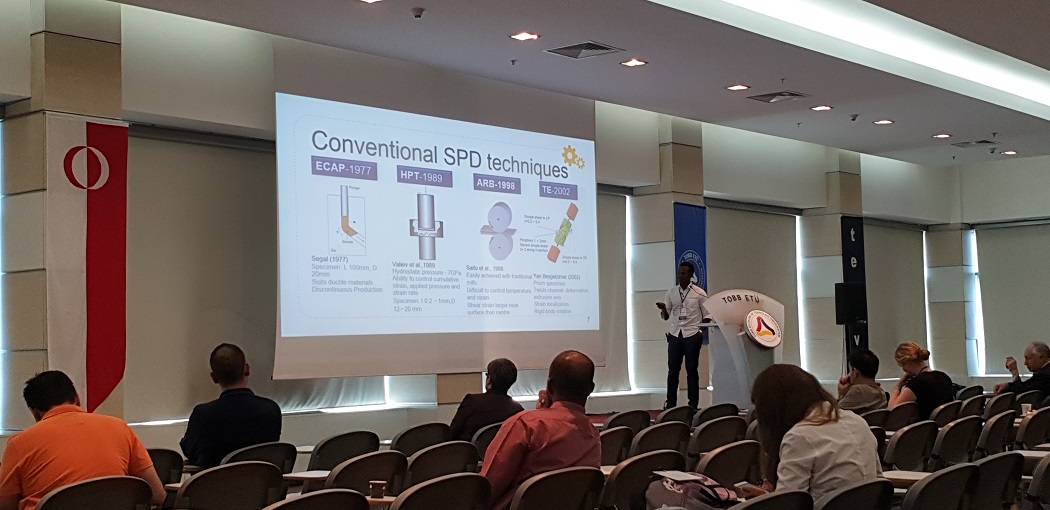
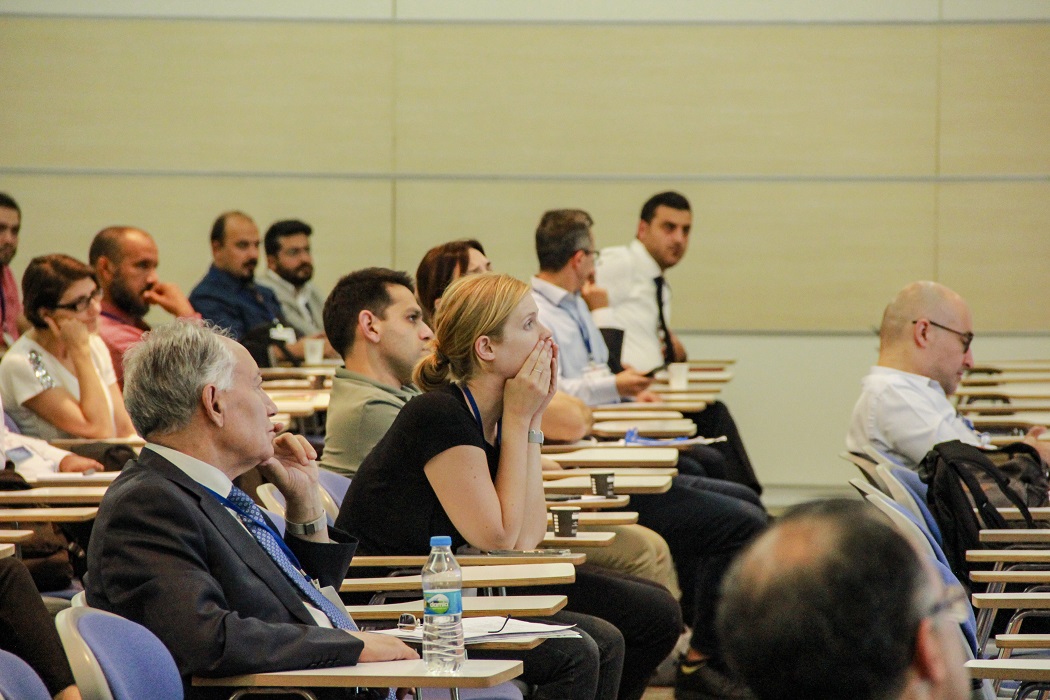
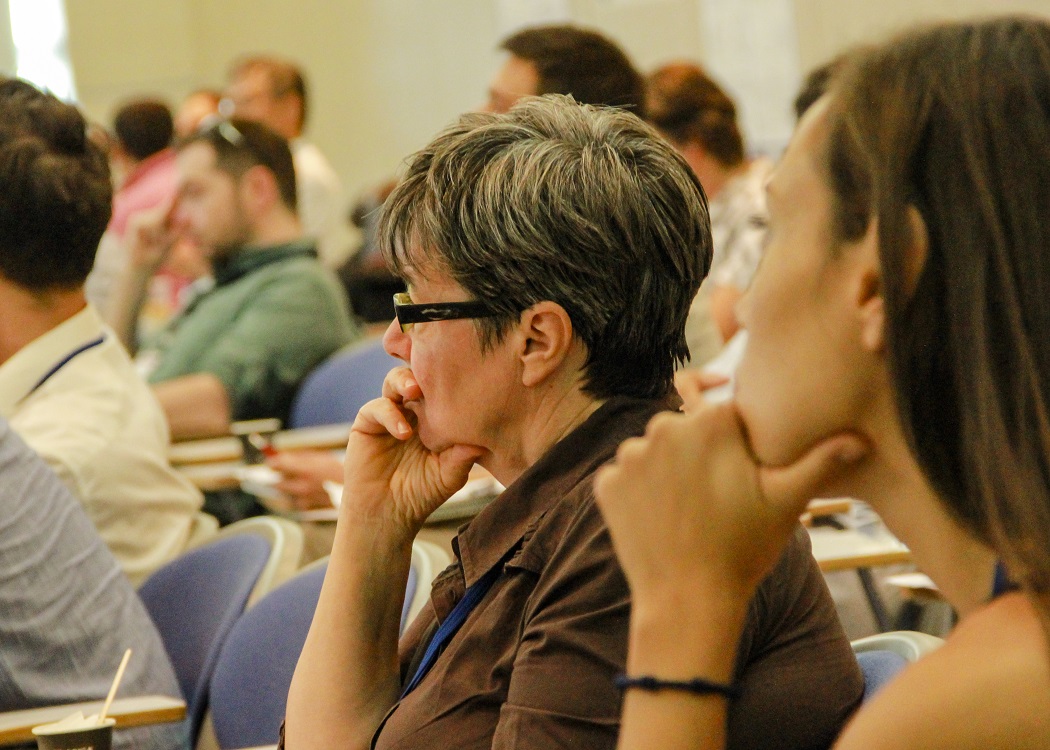
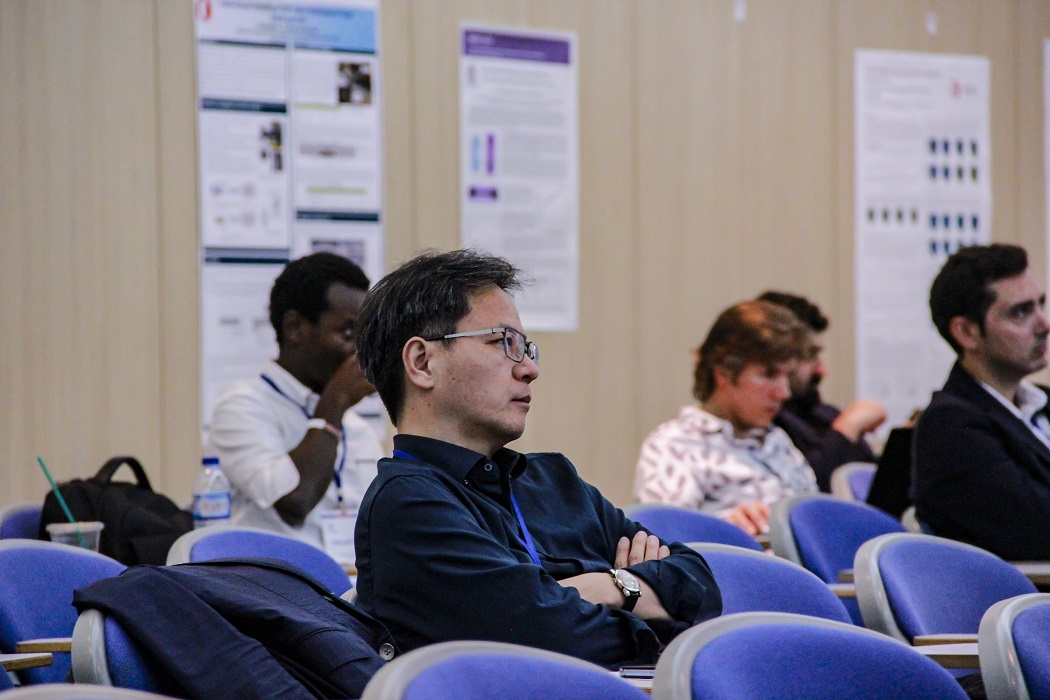

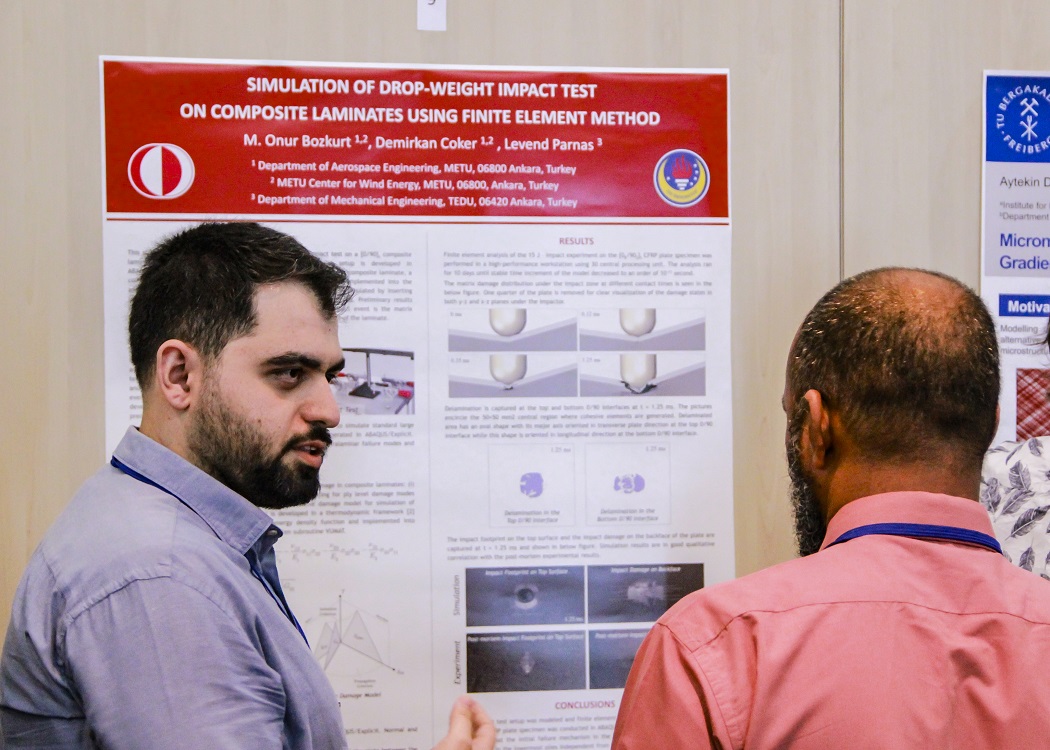
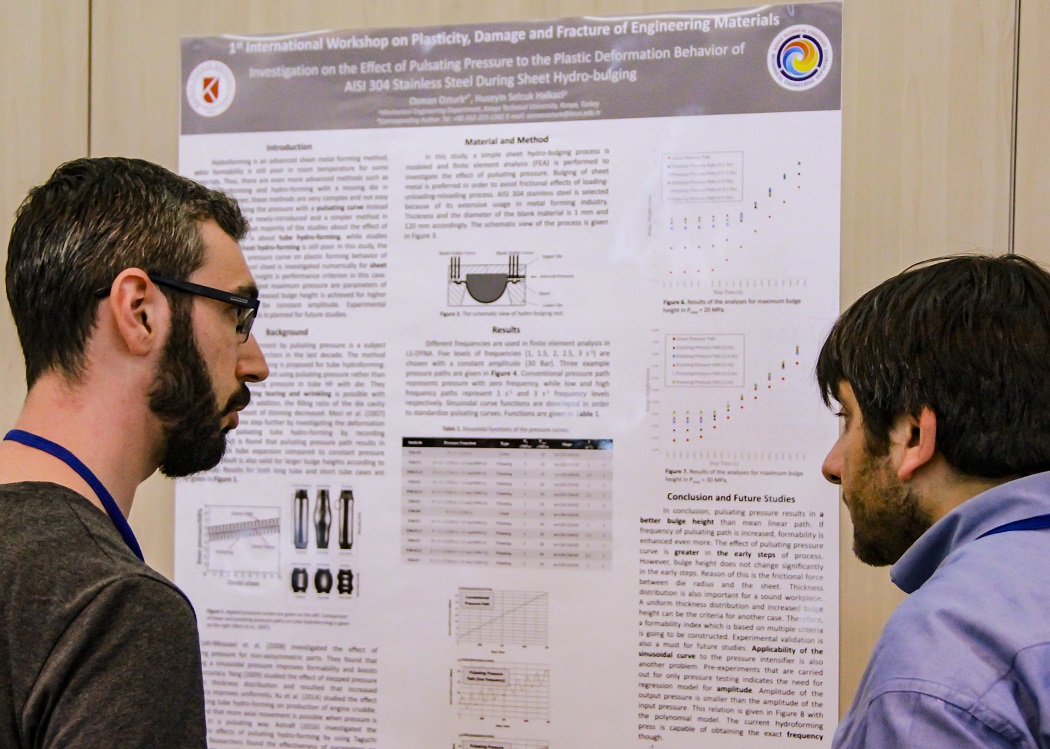
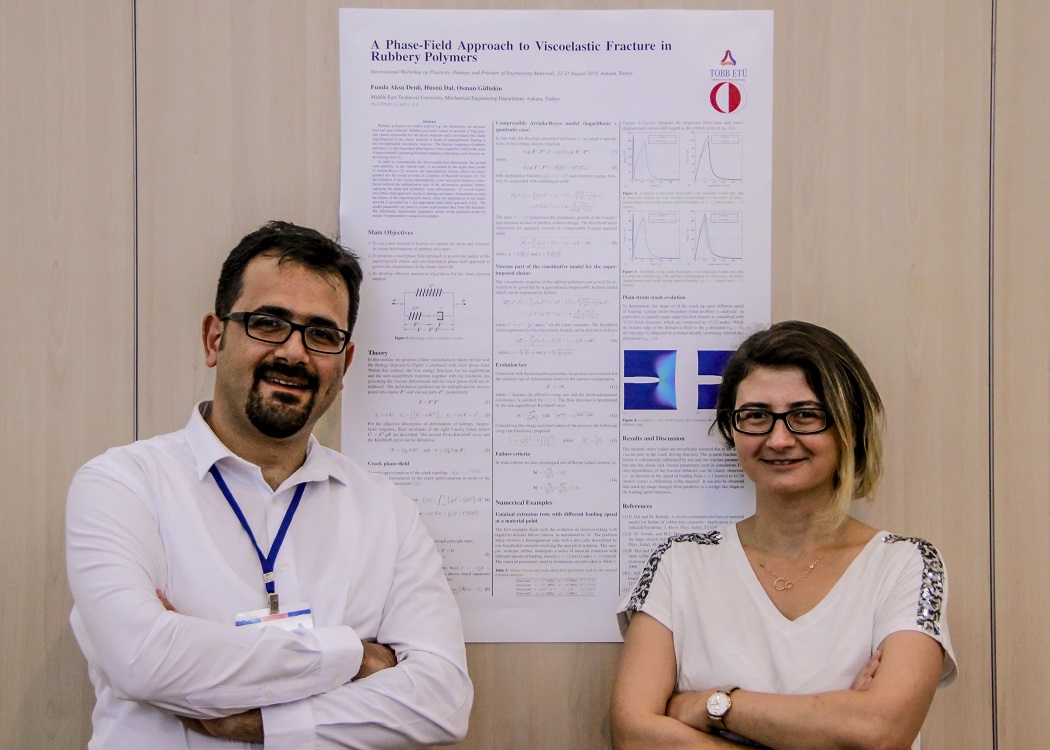
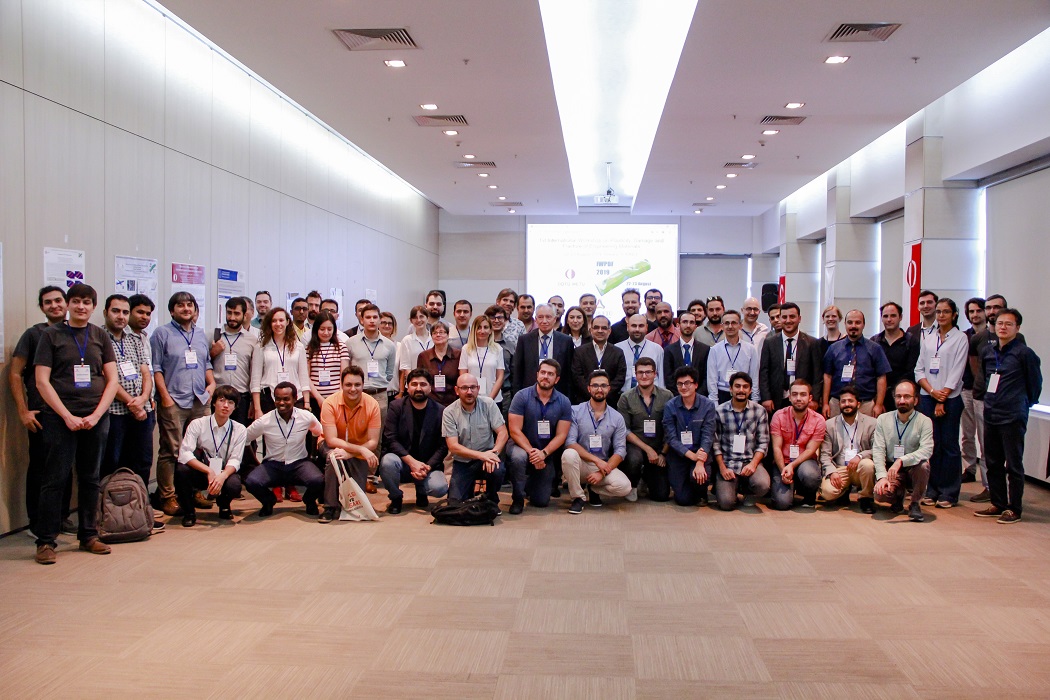
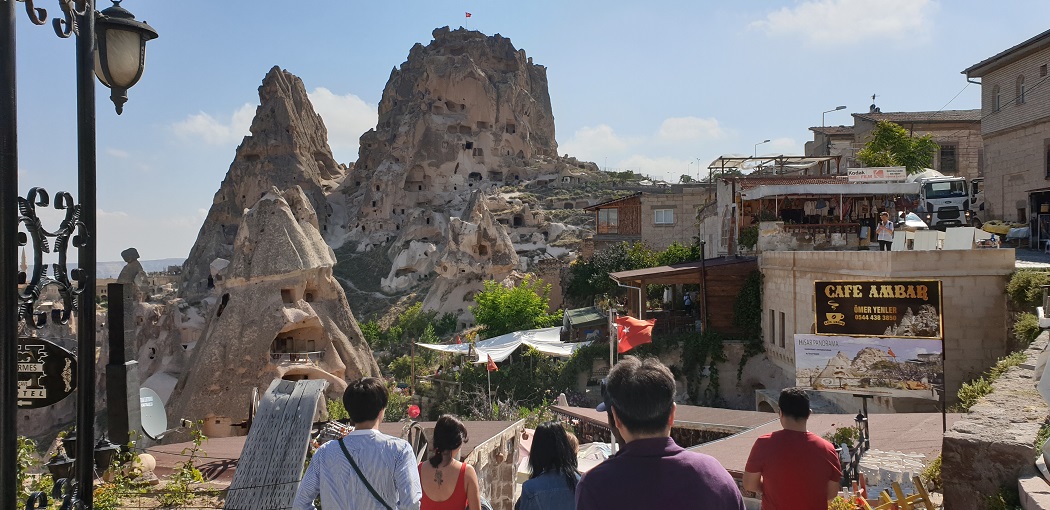
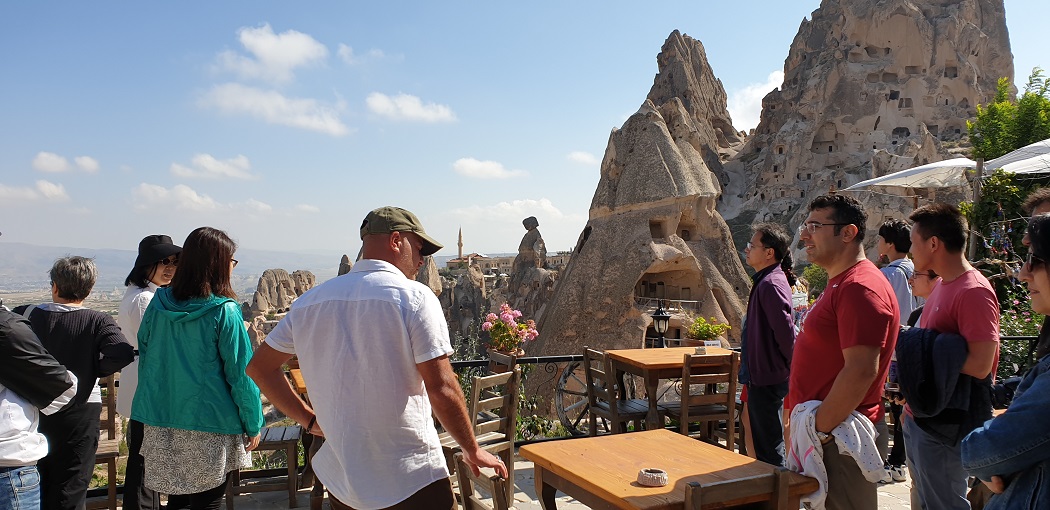
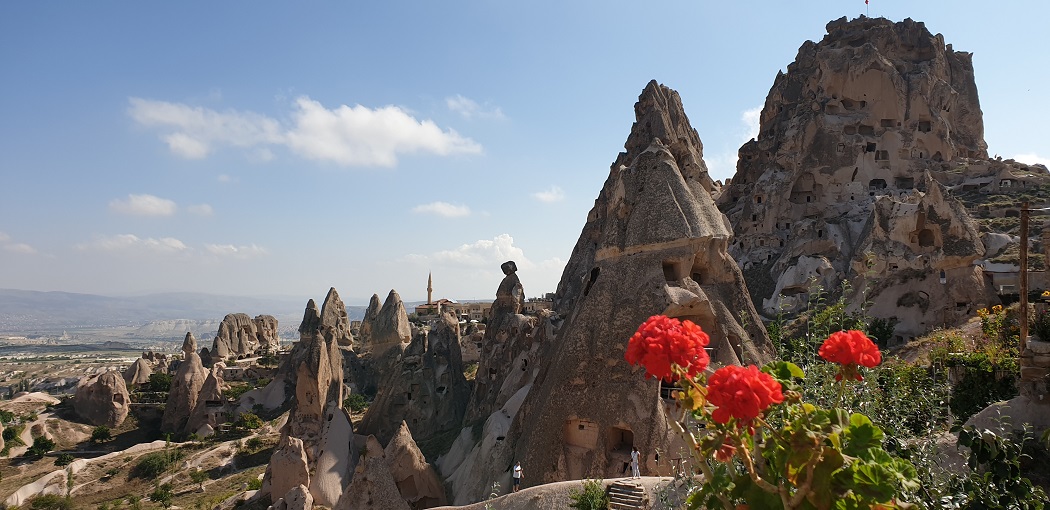
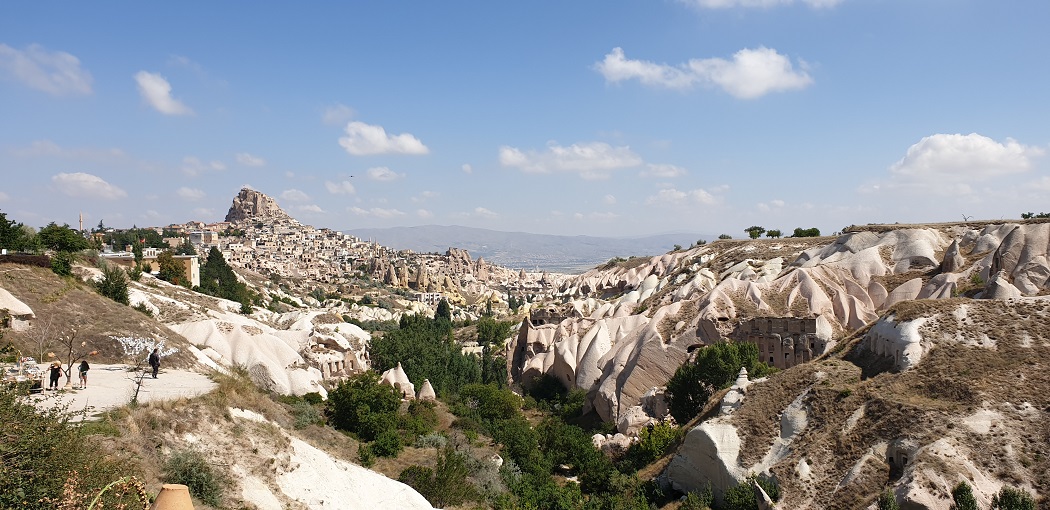
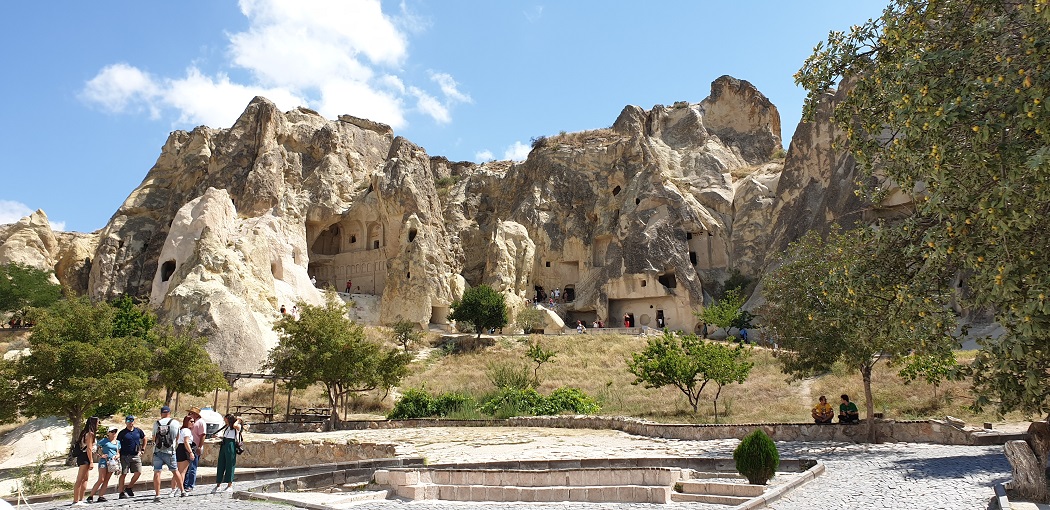
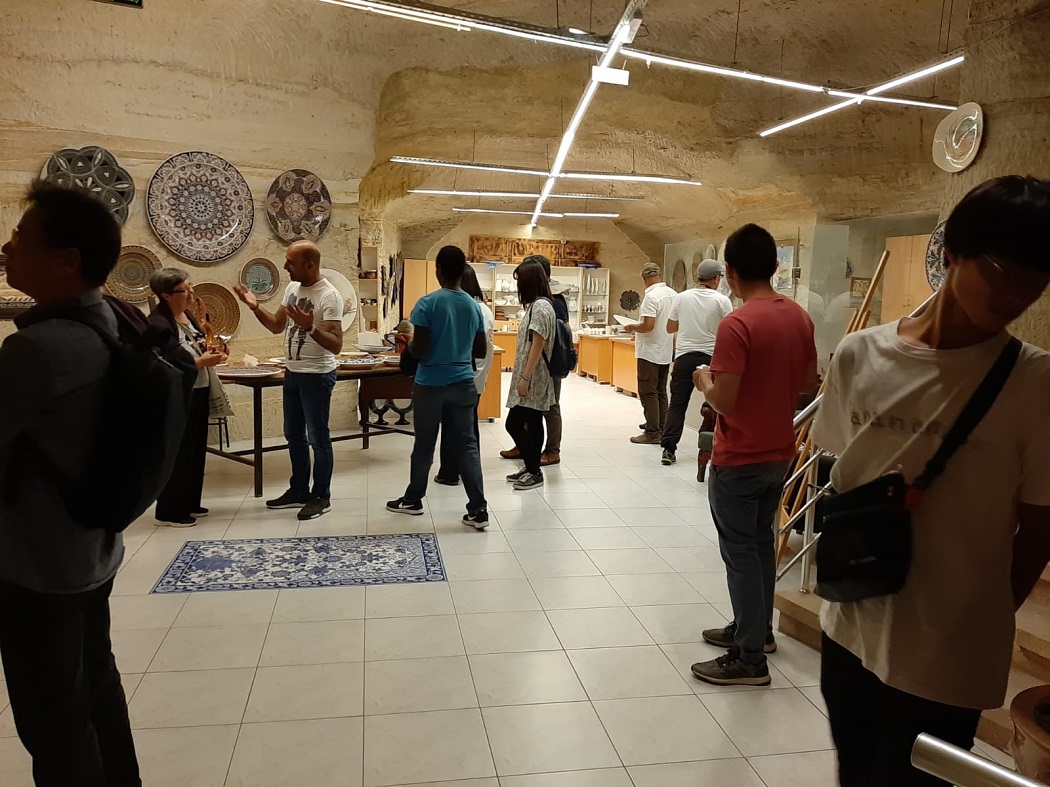
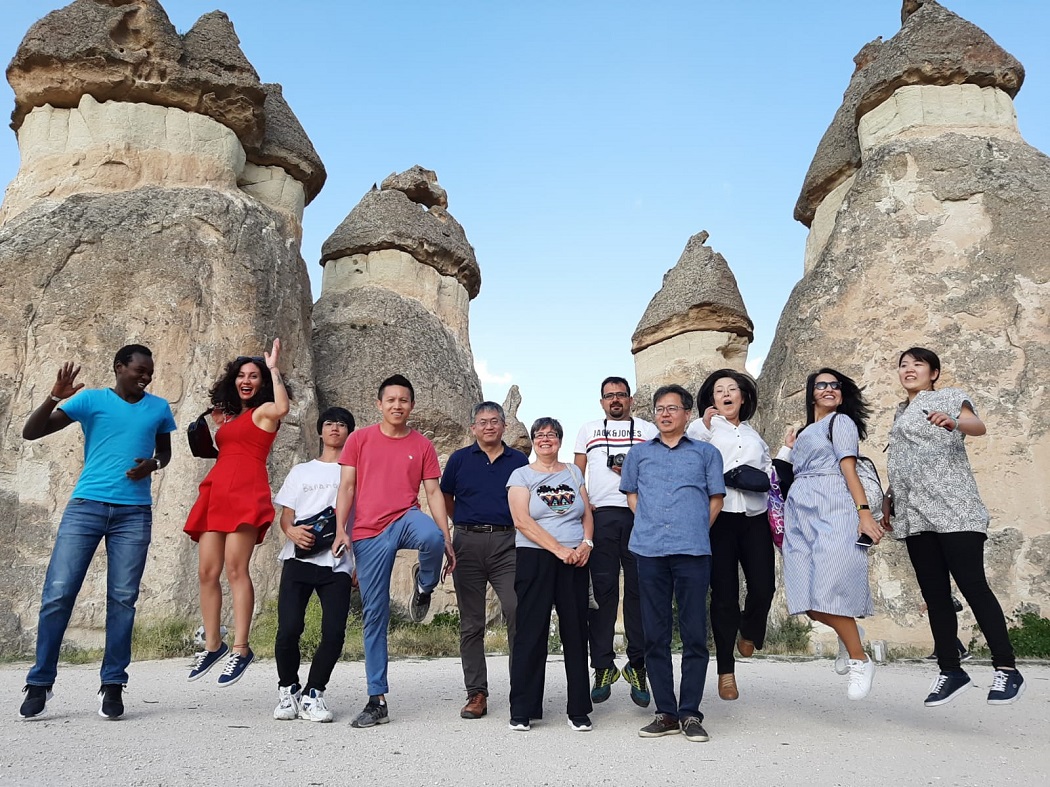
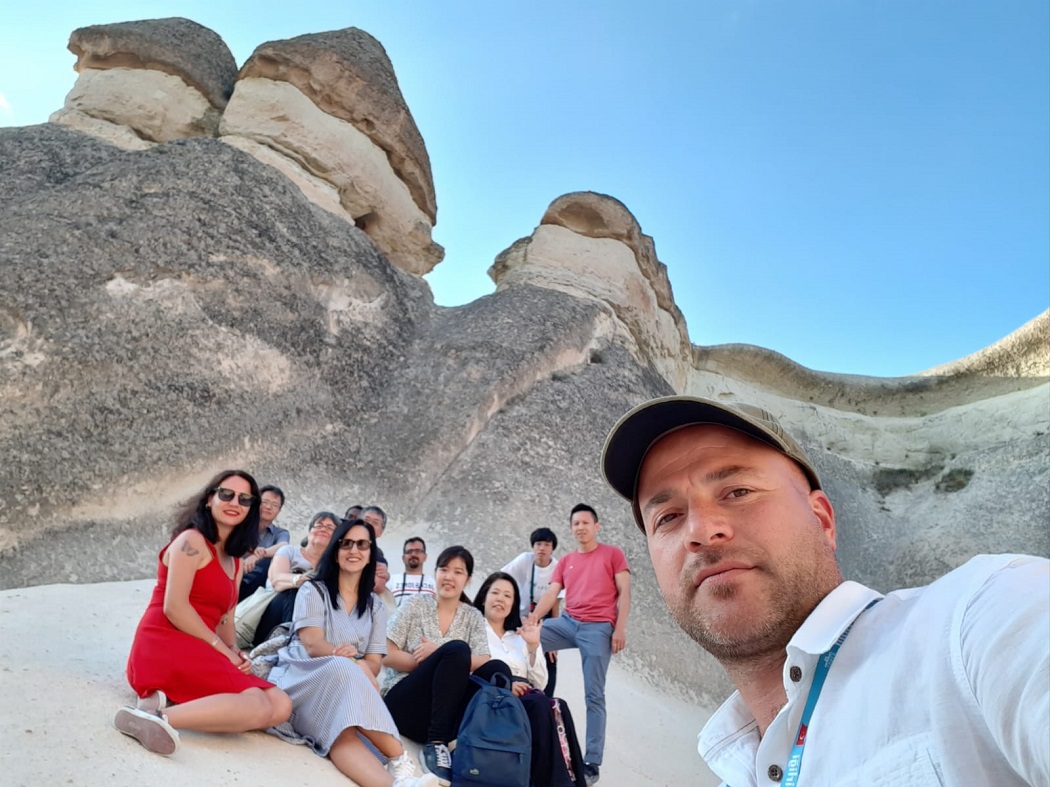
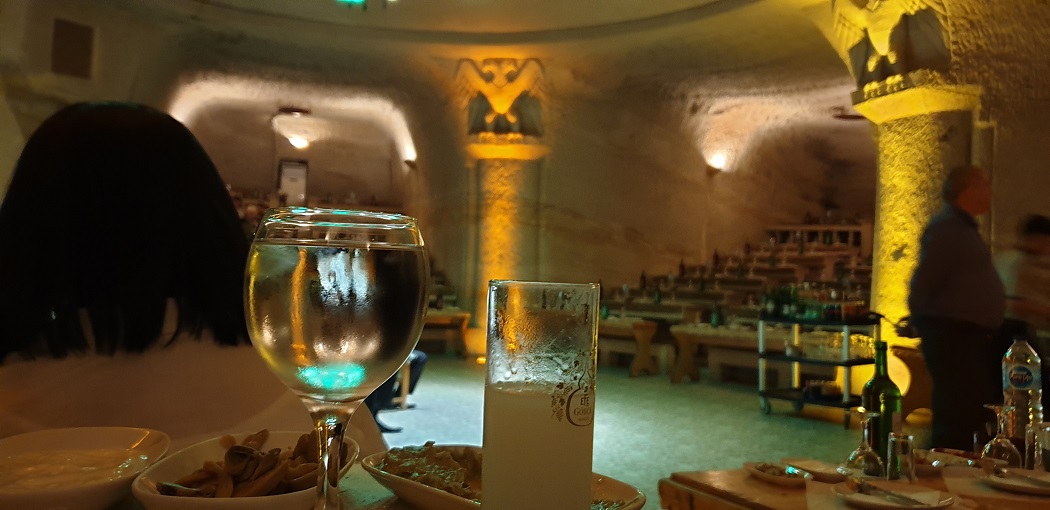
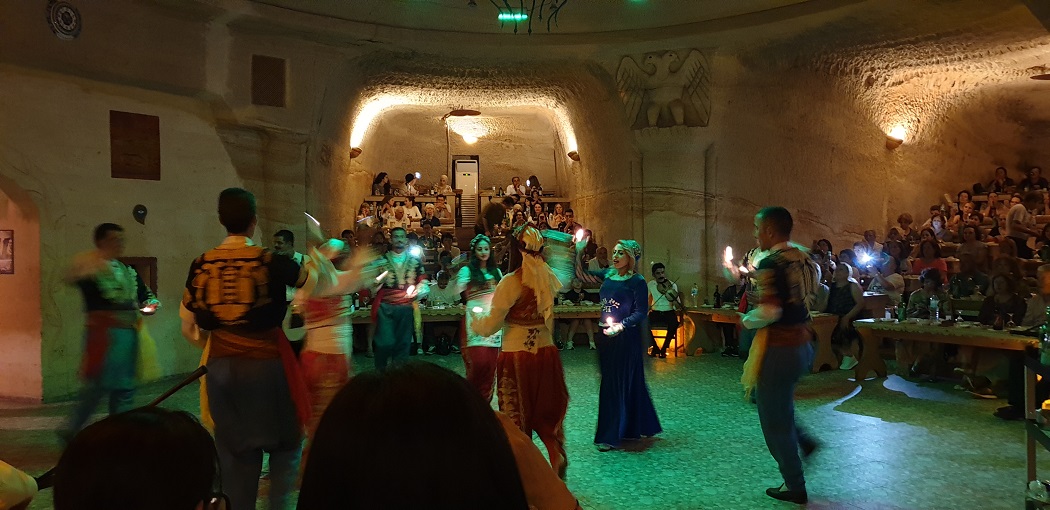
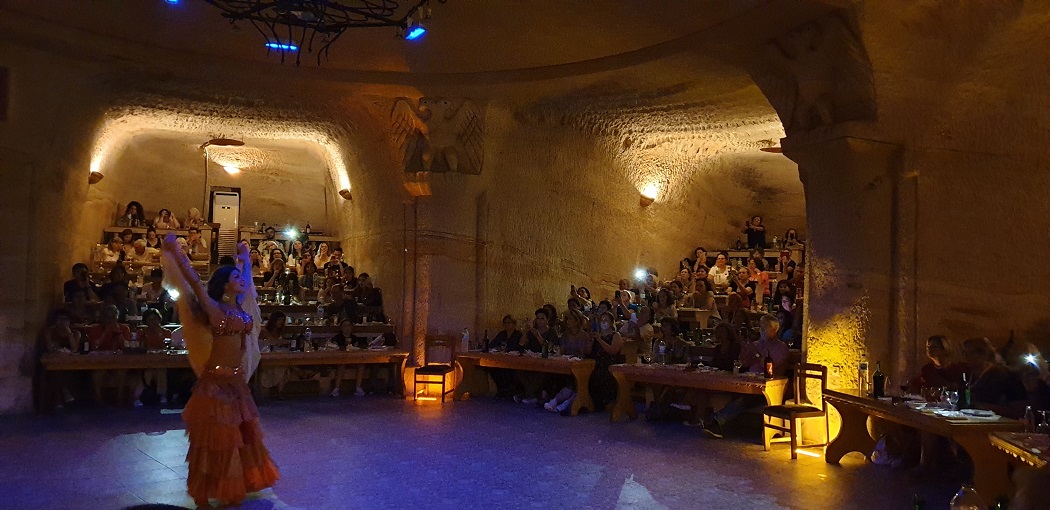
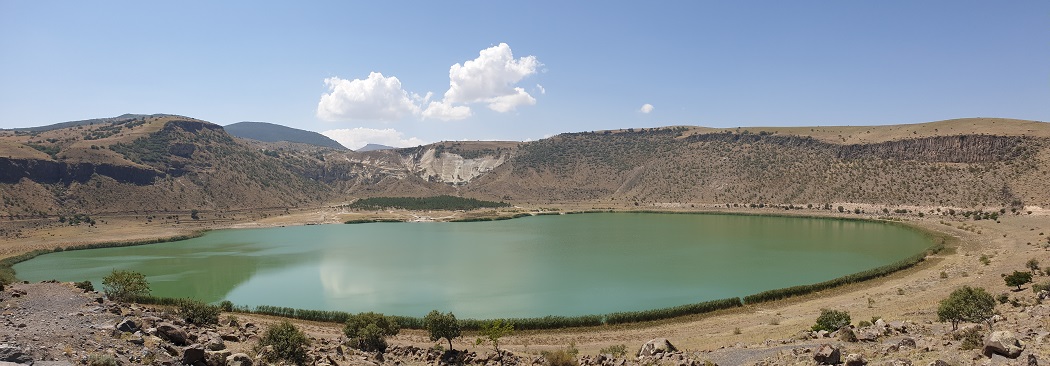
3rd International Workshop on Plasticity, Damage and Fracture of Engineering Materials, 4-6 October 2023, İstanbul, Türkiye (Hybrid)


Conference Chairmen
Local Organizing Committee
Scientific Committee
Confirmed Invited Keynote Lecturers (with in-person presentations in Istanbul)
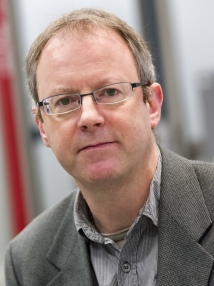
Fionn Dunne is a Chair in Micromechanics at Imperial College London, Department of Materials. His research is in the fundamentals of deformation and fracture particularly relating to hcp polycrystal and Ni alloys and includes experiment, characterisation, computational crystal plasticity and discrete dislocation plasticity. Applications include micro-deformation, fatigue crack nucleation, microstructure-sensitive crack growth, and polycrystal sonics for NDE. He has published over 180 research papers and is co-author of Introduction to Computational Plasticity, OUP, 2005. He is a consultant to Rolls-Royce, a member of their Core Materials Working Group, served as a member of the MOD's Research Programmes Group and was a Royal Society Industry Fellow with Rolls-Royce. He was Royal Academy of Engineering/Rolls-Royce Research Chair 2015-20. He led the EPSRC programme grant Heterogeneous Mechanics in Hexagonal Alloys across Length and Time Scales, directed the Imperial Rolls-Royce Nuclear University Technology Centre, and currently Co-Directs the BIAM Centre for Materials. He is Honorary Professor with the Beijing Institute of Aerospace Materials, and is Emeritus Fellow of Hertford College Oxford. He was elected a Fellow of the Royal Academy of Engineering in 2010, was awarded the IoM3 Harvey Flower Prize (2016), and shared the 2017 Imperial President's Award for Outstanding Research Team.
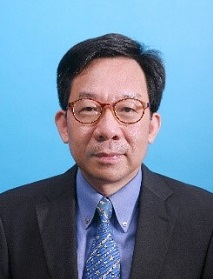
Mingwang Fu (M.W. FU) is the Chair Professor of Advanced Manufacturing in the The Hong Kong Polytechnic University (PolyU). He is the Fellow of Society of Manufacturing Engineers (SME) and Hong Kong Institute of Engineers (HKIE), and Royal Society of Wolfson Visiting Fellow. From 1987 to 1995, Prof Fu worked as a faculty member in China. Upon completion of his PhD study in the Singapore National University in 1997, he joined the Singapore Institute of Manufacturing Technology as a Senior Research Engineer. In Aug 2006, he joined The Hong Kong PolyU as a faculty member. Professor Fu is quite active in exploring advanced materials processing, multi-scaled manufacturing, metal forming, damage and fracture in manufacturing, structure fatigue in product service, and micro-mechanics in manufacturing. These efforts aim at seeking for an epistemological understanding of the scientific nature behind these disciplines, advancing knowledge in these areas, and successfully addressing a plethora of challenges and bottlenecked issues the explorations face, and eventually developing the state-of-the art manufacturing processes. His researches benefited the development of the technologies in the above-described fields and led to about 300 journal publications, 6 monographs and one volume of the Encyclopedia of Materials: Metals and Alloys published by Springer-Verlag London Ltd, CRC Press, Taylor & Francis Group, and Elsevier. Professor Fu is also sitting in the editorial board or as Associate Editor of a number of prestigious journals, including Int. J. Plast., Int. J. Mach. Tools Manuf., Int. J. Mech. Sci., Mater. Des., Int. J. Damage Mech., Int. J. Adv. Manuf. Technol., Adv. Manuf., etc.
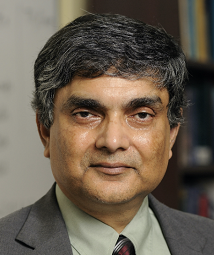
Somnath Ghosh is the Michael G. Callas Chair Professor in the Department of Civil and Systems Engineering and a Professor of Mechanical Engineering and Materials Science and Engineering at Johns Hopkins University (JHU). He is the founding director of the JHU Center for Integrated Structure-Materials Modeling and Simulation (CISMMS) and was the director of an Air Force Center of Excellence in Integrated Materials Modeling (CEIMM). He is a fellow of several professional societies, including the American Association for the Advancement of Science (AAAS). Somnath Ghosh obtained his B.Tech. degree in Mechanical Engineering from the Indian Institute of Technology Kharagpur, M.S. degree in Theoretical and Applied Mechanics from Cornell University, and Ph.D. in Mechanical Engineering and Applied Mechanics from the University of Michigan. Ghosh has made pioneering contributions to the multidisciplinary fields of computational engineering and sciences integrating computational mechanics and physics, computational materials science, and Integrated Computational Materials Engineering (ICME), with emphasis on multiscale modeling, structure-materials modeling and simulations, multiphysics modeling of multifunctional materials, materials characterization, process modeling, machine learning, and uncertainty quantification. His research has had a transformative impact on modeling metals, composites, and multifunctional materials in various applications. He has made game-changing advances in spatio-temporal multiscale and multiphysics modeling with a focus on prognosis and life prediction of metals and composites, as well as in multifunctional applications like damage sensing in piezo-electric materials and load-bearing antenna.
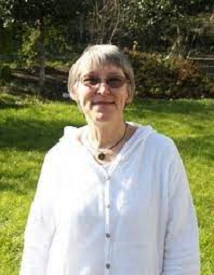
Dr. Anne Marie Habraken studied at the University of Liège (Belgium) and is Research Director at FNRS-FRS (Walloon Funds for Scientific Research). After an Engineering Degree in 1984, she obtained a PhD degree in material forming in 1989 and a second thesis diploma in 2001 entitled “Contributions to Constitutive laws of metals: micro-macro and damage models”. She leads the Materials and Solid Mechanics team in Uliege (MSM), a numerical group with a strong experimental involvement, focused on the material behavior and the forming processes of steel, Ti, Al, Ni... metals. Her activities are the development and the identification of constitutive thermo-mechanical-metallurgical laws within multi-scale approaches. MSM team has developed since 1984 its own nonlinear finite element code called Lagamine used by different universities and industries on an international level. President of ESAFORM (European Scientific Association for material FORMing) from 2004 to 2008, she has recently initiated ESAFORM Benchmark series and co-organized the first one: “EXACT 2021 Benchmark”. She was responsible of its associated publication in Int. J. of Material Forming. She was from 2015 to 2021, Research Vice-Dean of the engineering school of ULiege. Through Chilean and Vietnamese collaborative projects, she integrates Deep Learning in her Additive Manufacturing process models.
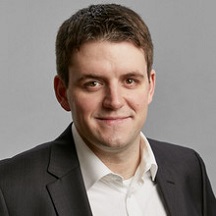
Prof. Klusemann works at the intersection of solid-state processes, welding and additive manufacturing, mechanics and machine learning. His research interests include various topics in the field of solid state joining, processing, layer deposition and extrusion as well as micromechanics and multi-scale modelling. Since 2015, he is professor at Leuphana University Lüneburg as well as head of the department "Solid State Materials Processing" in the Institute of Materials Mechanics at the Helmholtz-Zentrum Hereon. Prof. Klusemann studied mechanical engineering at the TU Dortmund, where he concluded also his PhD in computational mechanics in 2010. Afterwards he went for a PostDoc at RWTH Aachen and joined TU Hamburg in 2012 as senior engineer. In 2013 he worked as postdoctoral scholar at the Graduate Aerospace Laboratories of the California Institute of Technology.
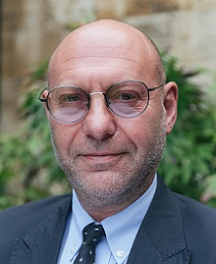
Alexander Korsunsky received his degree of Doctor of Philosophy (DPhil) from Merton College, Oxford, following undergraduate education in theoretical physics. His current appointment is Professor of Engineering Science at the University of Oxford and Trinity College. His research interests concern developing improved understanding of integrity and reliability of engineered and natural structures and systems, from high- performance metallic alloys to polycrystalline ceramics to natural hard tissue such as human dentin and seashell nacre. He has co-authored books on fracture mechanics (Springer) and elasticity (CUP), and published over 200 papers in scholarly periodicals on the subjects ranging from neutron and synchrotron X-ray diffraction analysis and the prediction of fatigue strength to micro-cantilever bio-sensors, size effects and scaling transitions in systems and structures. He plays a leading role in the development of large scale research facilities in the UK and Europe. He is Chair of the Science Advisory Committee at Diamond Light Source (DLS) near Oxford, UK, and Chair of the User Working Group for JEEP (Joint Engineering, Environmental and Processing) beamline at DLS. These activities expand the range of applications of large scale science to problems in real engineering practice. Alexander Korsunsky is the Editor-in-Chief of Materials & Design journal.
Technical Programme
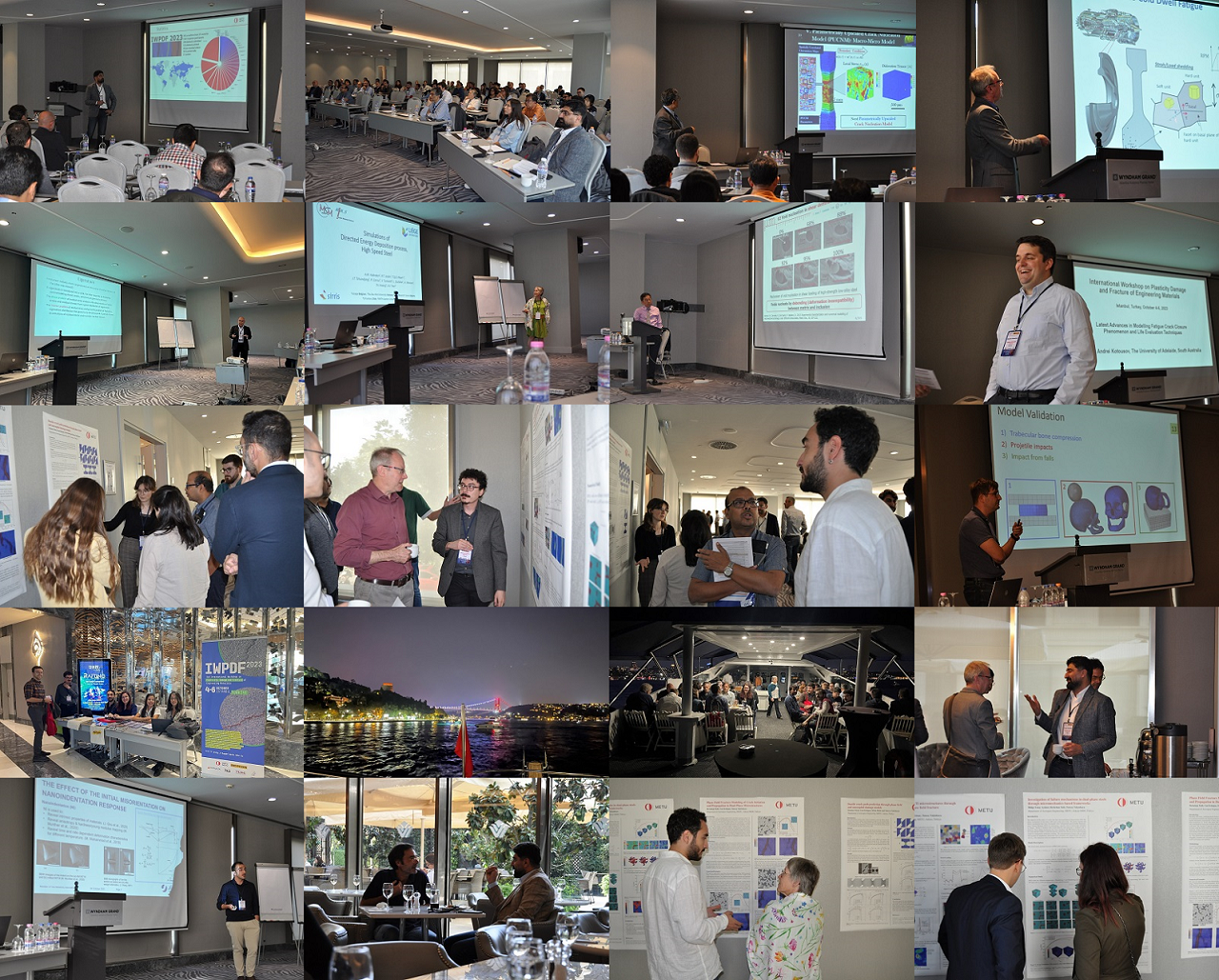
2nd International Workshop on Plasticity, Damage and Fracture of Engineering Materials, 18-20 August 2021, Ankara, TURKEY (Online)


Conference Chair
Local Organizing Committee
Scientific Committee
Invited Keynote Lecturers
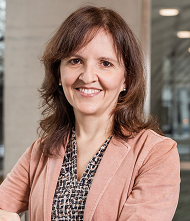
Laura De Lorenzis received her Engineering degree and her PhD from the University of her hometown Lecce, in southern Italy, where she first stayed as Assistant and later as Associate Professor of Solid and structural mechanics. In March 2013 she moved to the TU Braunschweig, Germany, as Professor and Director of the Institute of Applied Mechanics. There she was founding member and Chair (2017-2020) of the Center for Mechanics, Uncertainty and Simulation in Engineering. Since February 2020 she is Professor of Computational Mechanics at the ETH Zürich. She was visiting scholar in several renowned institutions, including Chalmers University of Technology, the Hong Kong Polytechnic University, the Massachusetts Institute of Technology (as holder of a Fulbright Fellowship in 2006), the Leibniz University of Hannover (with an Alexander von Humboldt Fellowship in 2010-2011), the University of Texas at Austin and the University of Cape Town. She is the recipient of several prizes, including the RILEM L’Hermite Medal 2011, the AIMETA Junior Prize 2011, the IIFC Young Investigator Award 2012, two best paper awards and two student teaching prizes at the TU Braunschweig. In 2011 she was awarded a European Research Council Starting Researcher Grant. She has authored or co-authored more than 120 papers on international journals on different topics of computational and applied mechanics.
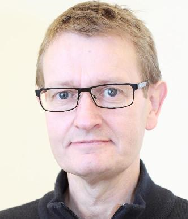
Odd Sture Hopperstad is professor at Department of Structural Engineering, Norwegian University of Science and Technology (NTNU) in Trondheim, Norway. He earned his doctoral degree at the Norwegian Institute of Technology (NTH) in 1993 and for this work he received the ESSO prize for best doctoral degree in fundamental research. He was appointed professor at NTNU in 1998. He is a member of the Norwegian Academy of Technological Sciences and the Royal Norwegian Society of Sciences and Letters. Professor Hopperstad’s research activities are mainly within materials mechanics, ductile fracture, formability, crashworthiness and structural impact. Within these fields, Hopperstad has authored/co-authored about 250 articles in international journals with peer review. He has supervised/co-supervised 45 PhD students in the past and is currently supervising/co-supervising 13 PhD students. From 2007-2014, he was member of the core team of the Centre of Research-based Innovation SIMLab at NTNU, where he was heading the research area Fracture and Crack Propagation. Currently he is Research Director of the Centre of Research-based Innovation CASA and principal investigator of the Toppforsk project FractAl at NTNU. From 2008-2011, Hopperstad was Associate Editor in International Journal of Impact Engineering, and he is currently member of the Editorial Advisory Board of the journal. From fall 2010, he is Associate Editor in European Journal of Mechanics – A/Solids.
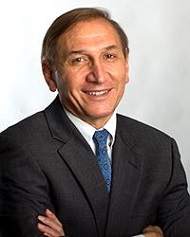
Erdogan Madenci is a professor in the Department of Aerospace and Mechanical Engineering at the University of Arizona. He received his B.S. degrees in both Mechanical and Industrial Engineering, and his M.S. degree in Applied Mechanics from Lehigh University, Bethlehem, PA in 1980, 1981, and 1982, respectively. He received his Ph.D. degree in Engineering Mechanics from UCLA in 1987. Prior to joining the University of Arizona, he worked at Northrop Corporation, Aerospace Corporation, and Fraunhofer Institute. Also, he worked at the KTH Royal Institute of Technology, NASA Langley Research Center, Sandia National Labs and MIT as part of his sabbatical leaves. He is the lead author of four books on Peridynamic Differential Operator for Numerical Analysis, Peridynamic Theory and Its Applications, The Finite Element Method Using ANSYS, and Fatigue Life Prediction of Solder Joints. He is the Co-Editor-in-Chief of the Journal of Peridynamics and Nonlocal Modeling, the Associate Editor of the ASME Journal of Engineering Materials and Technology, and ASME Representative to the Daniel Guggenheim Medal Board. He is an active member of the several technical committees. He is a Fellow of ASME and an Associate Fellow of AIAA.
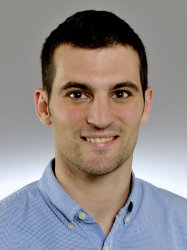
Emilio Martínez Pañeda is an Assistant Professor (UK Lecturer) in Mechanics of Materials at Imperial College London. Before, he worked as Research Fellow at the Cambridge Centre for Micromechanics (University of Cambridge), led by Profs. Norman Fleck and Vikram Deshpande. He joined the University of Cambridge from the Technical University of Denmark (DTU), where he worked with Prof. Christian Niordson as an H.C. Ørsted Fellow. Martínez Pañeda’s main research interests lie in the field of mechanics of materials, particularly in plasticity, fracture mechanics, coupled diffusion-deformation theories, and mechanism-based models for damage. He currently holds a Junior Research Fellowship at Wolfson College Cambridge and an 1851 Research Fellowship (Brunel award) from the Royal Commission for the 1851 Exhibition.
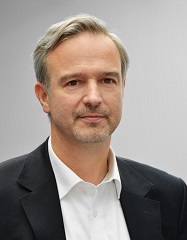
Dierk Raabe works in the fields of materials simulation, atom probe tomography, microstructures and the resulting mechanical properties of metallic alloys. He wrote and edited several books on this topic, e.g. ‘Computational Materials Science’ (1998), Continuum Scale Simulation of Engineering Materials’ (2005), and ‘Crystal Plasticity FEM in Materials Science and Engineering’ (2010) as well as more than 600 peer reviewed publications. Raabe conducts detailed comparisons between simulation and experiments. He is currently working on issues such as local thermodynamic phase states at confined spaces such as at lattice defects, alloy design, high-entropy alloys, atom probe tomography and the further development of the in-house simulation toolbox DAMASK on crystal mechanics, multiphysics and property prediction of complex materials. A special feature of the research approach is the combination of thermomechanical material processing, simulation and characterization at the atomic level. The common vision of these activities is the use of predictive simulations and their consequent engineering application for inventing advanced alloys. The aim is the physically-based design of materials with superior properties (strength, elongation, damage tolerance) for the fields of energy, mobility and health from the atomic to the macro-scale under consideration of synthesis and processing. The blend of theory, characterization, and processing is important in his approach. Raabe is a frequent plenary and keynote speaker. In 2004 he received the highest German research award (Leibniz-Award). 2008 he was awarded Lee Hsun Lecture Award of the Chinese Academy of Sciences and in 2011 the Weinberg Lecture Award of the University of British Columbia. In 2012 he received an ERC advanced grant, which is the largest single-researcher grant in Europe. Raabe mentored more than 55 Ph.D.s, many of whom now hold leading positions in companies and academia as faculty members in the US, UK, and Asia. Since 2010 he is a member of the German Council of Science and Humanities (Wissenschaftsrat). He is Professor at RWTH Aachen, member of the National Academy Leopoldina and Honorary Professor at the Katholieke Universiteit in Leuven in Belgium.
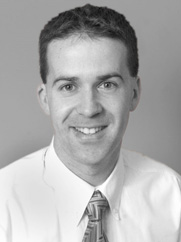
Dr. Timon Rabczuk is Professor at Bauhaus University Weimar in Germany and Head of the Computational Mechanics Group at Ton Duc Thang University in Vietnam. He has spent a 4-year stint in as a postdoctoral fellow at the Computational Mechanics group of Professor Ted Belytschko at Northwestern University, Evanston, USA and for more than a year at the Technical University of Munich before he was appointed as Senior Lecturer at Canterbury University in New Zealand. In 2009, he joined Bauhaus University Weimar as Chaired Professor of Computational Mechanics and in 2014 he became the head of the Computational Mechanics Group at Ton Duc Thang University. Professor Rabczuk’s research is on the interface between computational science, engineering, mechanics, applied mathematics and material science. His most recent interest is machine learning based solutions of partial differential equations, nonlocal operator methods, two-dimensional materials and integrated computational material engineering.
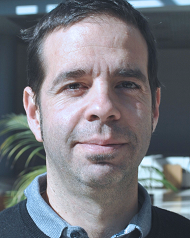
Professor Javier Segurado Escudero (Ph.D. in 2004 at the Polytechnic University of Madrid) holds since 2020 a full Professor position at the Materials Science Department, Polytechnic University of Madrid. Simultaneously and since 2008 he is Senior Researcher at IMDEA Materials Institute where he leads the research group on Multiscale Materials Modeling. His research has been focused on the prediction of the effect of the microstructure on the mechanical behavior and fracture of heterogeneous materials by the use and development of simulation techniques such as Discrete Dislocation Dynamics, Crystal Plasticity and Multiscale modeling approaches. He is also an expert in Fast Fourier Transform based computational homogenization. His work covers composites, polycrystalline metals (Mg, Ti alloys and Ni-based superalloys) and lattice and porous materials. The researcher has coauthored more than 90 papers in peer reviewed international journals, which have been cited 4000 times, with an h-factor of 31 (scopus). He has participated in more than 30 projects, European (Clean Skype and FET-open projects), national and regional, being principal investigator of 10 of them. He has directed 8 doctoral theses. He has held visiting scientist positions at Los Alamos National Laboratory (2010 and 2018) and at University of California Los Angeles (2018) as a Fulbright visiting scholar.
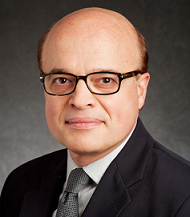
Prof. Huseyin Sehitoglu received his B.S. degree in Mechanical Engineering from The City University, London in 1979 (First Class Honors) and went on to receive his M.S. in 1981 and his Ph.D in 1983 in Theoretical and Applied Mechanics from the University of Illinois at Urbana-Champaign. He served as Director of Mechanics and Materials for the National Science Foundation from 1991-1993. He was the Head of the newly formed Mechanical Science and Engineering Department during 2004-2009. He heads the Fracture Control Program at the University of Illinois and is currently involved with NSF, Air Force, DOE, Rolls Royce and Honeywell funded research. His major areas of focus are Mechanics of Materials, Thermo-mechanical Behavior of Metals, Phase Transformations and Shape Memory, and Twinning and Slip in Metallic Materials. Professor Sehitoglu has significantly advanced scholarship related to thermomechanical fatigue, fatigue crack closure, stress-induced phase transformations, cyclic ratcheting plasticity, slip and twinning in metals.
Technical Programme

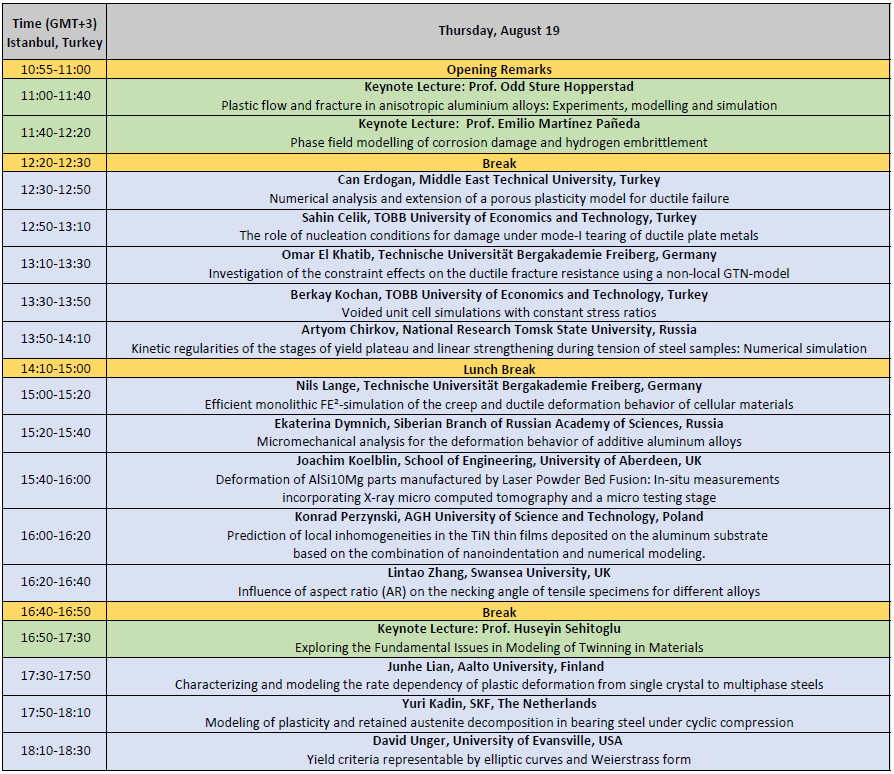
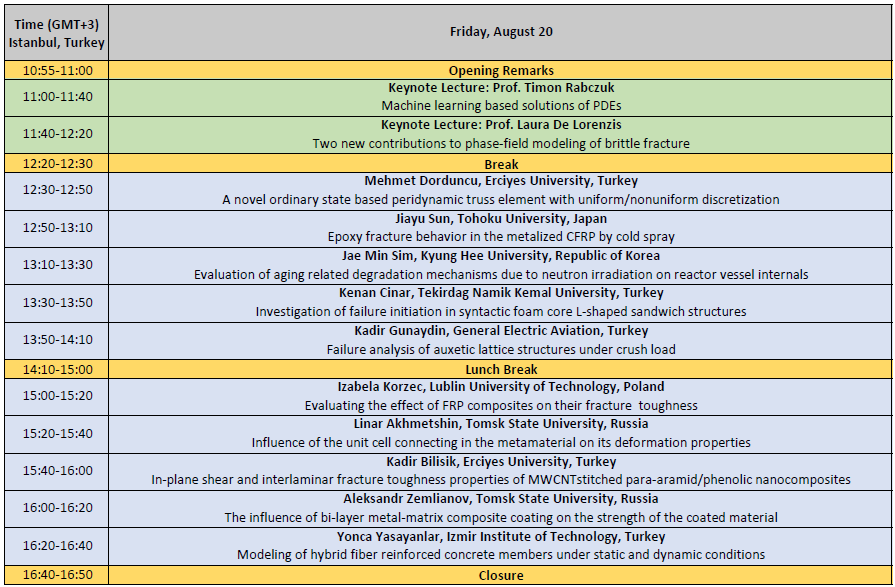
1st International Workshop on Plasticity, Damage and Fracture of Engineering Materials, 22-23 August 2019, Ankara, TURKEY

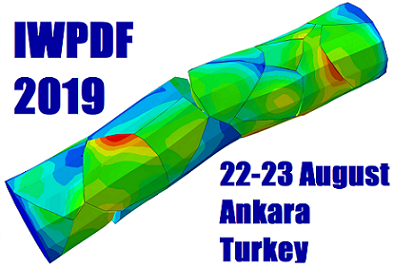

Conference Co-Chairs
Organizing Committee
Scientific Committee
Invited Lecturers
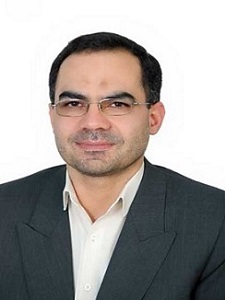
Dr. Majid R. Ayatollahi (PhD, University of Bristol, 1998) is distinguished professor and director of fatigue and fracture research laboratory in the School of Mechanical Engineering at Iran University of Science and Technology. His main fields of interest are fracture mechanics, and experimental and computational solid mechanics. Professor Ayatollahi is the author of the book titled "Characterization of Carbon Nanotube-Based Composites Under Consideration of Defects". He has published more than 200 refereed papers in well-known international (ISI) journals. He is a member of the editorial boards for seven international journals. Professor Ayatollahi received a prestigious award as "National Distinguished Professor" in 2014 from the Iranian ministry of science, research and technology, which is a highly competitive award in Iran. His research lab is in collaboration with several renowned European and East Asian institutions. He has been invited as keynote speaker in several international conferences and universities.
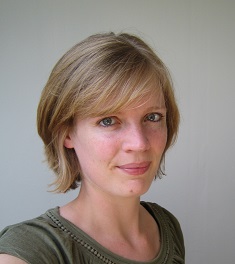
Laurence Brassart is an Associate Professor in the Department of Engineering Science at University of Oxford. She received her Diploma in Mechanical Engineering from the University of Louvain (Belgium) in 2007, and her PhD in Engineering Sciences from the same university in 2011. She then worked as a postdoctoral fellow at Harvard University and the University of Louvain, before joining Monash University in 2015, where she has worked as a Senior Lecturer till recently till August 2019. Dr Brassart's research focuses on the development of physics-based mechanical models of materials at various length scales, with emphasis on multiscale and multiphysics approaches. Her current work mainly focuses on material systems that involve a strong coupling between mechanics and chemistry, for example in the context of energy materials and soft materials.
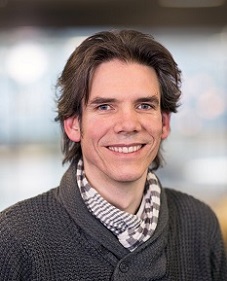
Johan Hoefnagels is an Associate Professor in the Eindhoven University of Technology (TU/e) group Mechanics of Materials at Mechanical Engineering, following his earlier background in applied plasma physics and advanced optical diagnostics. His current research focuses on experimental micromechanics of ‘thin films and interfaces’, by studying the systems’ micro-mechanics through integration of mechanical-microscopic characterization of underlying micro-mechanisms, such as damage and fracture, and integrate coupling of numerical simulations to experimental procedures. Topics of particular interest include delamination, ductile damage, size effects, flexible and stretchable electronics and MEMS. One of Johan’s research projects involves investigating a revolutionary mechanism to make electronics extremely stretchable and demonstrating this by means of an inflatable, in-vivo ultrasound detector, for which the first key step has been achieved: a free-standing interconnect has been designed that can be elastically stretched beyond 2000% and cyclically stretched at 1000% for over 10 million times.

David Morin is an associate professor in Structural Engineering at NTNU, the Norwegian University of Science and Technology. He received his PhD degree in 2010 from the University of Valenciennes in France. His research interests are linked to the modelling of failure in materials, joints and structures with a special emphasis on aluminium alloys. He was the head of the research programme Connectors and Joints at the centre for research-based innovation CRI-SIMLab from 2012 to 2014. He is now the head of the research programme Structural Joints of the centre for research-based innovation SFI-CASA (https://www.ntnu.edu/web/casa) 2015-2023. Since 2010, he has been extensively involved in the relationship with the industrial partners of both CRI-SIMLab and SFI-CASA with a special focus on the transfer of technology from a research environment to an industrial context. In addition to his contribution to SFI-CASA, David Morin is also collaborating in other research projects, ALLDESIGN (https://www.researchgate.net/project/Rational-Alloy-Design-ALLDESIGN) and FractAL (https://www.ntnu.edu/kt/fractal) both dealing with multi-scale modelling of aluminium alloys.
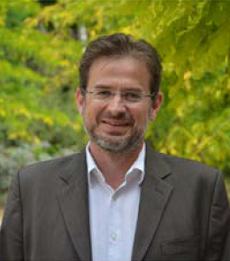
Thomas Pardoen is full professor and President of the Institute of Mechanics, Materials and Civil Engineering (iMMC) at the Université catholique de Louvain (UCL). He is also a member of the Research Center in Micro and Nanoscopic Materials and Electronic Devices (CERMIN) and of the Research Center in Architectured and Composite Materials (ARCOMAT) at UCL. Outside UCL, he is the Chair of the Scientific Council of the Belgian Nuclear Research Center SCK•CEN. He was Chairman of the board of the Research Center CERTECH from 2013 to 2016. He did his engineering studies (1994) and his Ph. D. (1998) at UCL, where he also got a master in philosophy (1996), and was a postdoctoral researcher at Harvard University before returning to UCL in 2000 as faculty member. He is a member of the EUROMECH, MRS and ASME societies. His research interests span the area of the nano-, micro- and macro- mechanics of materials and systems, with an emphasis on multiscale experimental investigations and modelling of deformation and fracture phenomena, as well as coupled functional-mechanical properties and irradiation effects, from both fundamental and applied perspectives. His research activity is articulated around the mechanics of three classes of materials: (i) composites, hybrids, multimaterials, and adhesives, (ii) thin films, coatings and mems, (iii) high performance metallic alloys. He has supervised ~40 Ph. D. students, with 28 thesis accomplished, and ~20 post docs. He is a member of the editorial advisory board of J. Mech. Phys. Solids, Engng. Fract. Mech and Int. J. Damage Mech. He has published over 200 papers in peer reviewed international journals. He received the Grand Prix Alcan of the French academy of sciences in 2011 and a Francqui Chair from Université de Liège in 2015. He has been nominated Euromech Fellow in 2015.
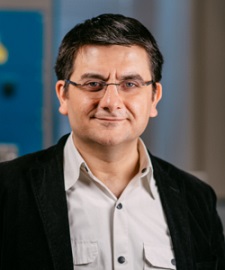
Professor Tasan explores the boundaries of physical metallurgy, solid mechanics, and in-situ microscopy, in order to provide game-changing materials solutions to environmental challenges. He received his Ph.D. in Mechanics of Materials from Eindhoven University of Technology in the Netherlands. Following postdoctoral work at Max-Planck-Institut für Eisenforschung in Germany, he was appointed as a Group Leader, leading the Adaptive Structural Materials group until joining MIT in 2016. His group at MIT mainly focuses on developing high resolution multi-field mapping methods; employing these methods to improve the physical understanding of the underlying transformation, deformation, damage and resetting mechanisms in nanostructured alloys; creating damage-resistant and/or resettable alloy design concepts based on this improved understanding.
Technical Programme
A social trip to Cappadocia was organized

Cappadocia (A world heritage site) is a historical region in Central Anatolia, largely in the Nevşehir, Kayseri, Kırşehir, Aksaray, and Niğde Provinces in Turkey. It is a popular tourist destination, as has many areas with unique geological, historic, and cultural features.
Ancient volcanic eruptions blanketed this region with thick ash, which solidified into a soft rock—called tuff—tens of meters thick. Wind and water went to work on this plateau, leaving only its harder elements behind to form a fairy tale landscape of cones, pillars, pinnacles, mushrooms, and chimneys, which stretch as far as 130 feet (40 meters) into the sky.
But human hands performed equally incredible works here. The rocky wonderland is honeycombed with a network of human-created caves; living quarters, places of worship, stables, and storehouses were all dug into the soft stone. In fact, tunnel complexes formed entire towns with as many as eight different stories hidden underground.
The site became a religious refuge during the early days of Christianity. By the fourth century Christians fleeing Rome’s persecution had arrived in some numbers and established monastic communities here. The monks excavated extensive dwellings and monasteries and created Byzantine frescoed paintings in cave chapels beginning in the seventh century, which endure in well-preserved isolation to this day.
Göreme is rich with history, but not all of Cappadocia’s troglodyte dwellings are museums. Some still serve as homes and others as hotels, which offer a truly unique hospitality experience.
The most important towns and destinations in Cappadocia are Ürgüp, Göreme, Ihlara Valley, Selime, Guzelyurt, Uçhisar, Avanos and Zelve. Among the most visited underground cities are Derinkuyu, Kaymakli, Gaziemir and Ozkonak. The best historic mansions and cave houses for tourist stays are in Ürgüp, Göreme, Guzelyurt and Uçhisar. Hot-air ballooning is very popular in Cappadocia and is available in Göreme. Trekking is enjoyed in Ihlara Valley, Monastery Valley (Guzelyurt), Ürgüp and Göreme.
Pictures from IWPDF 2019








































